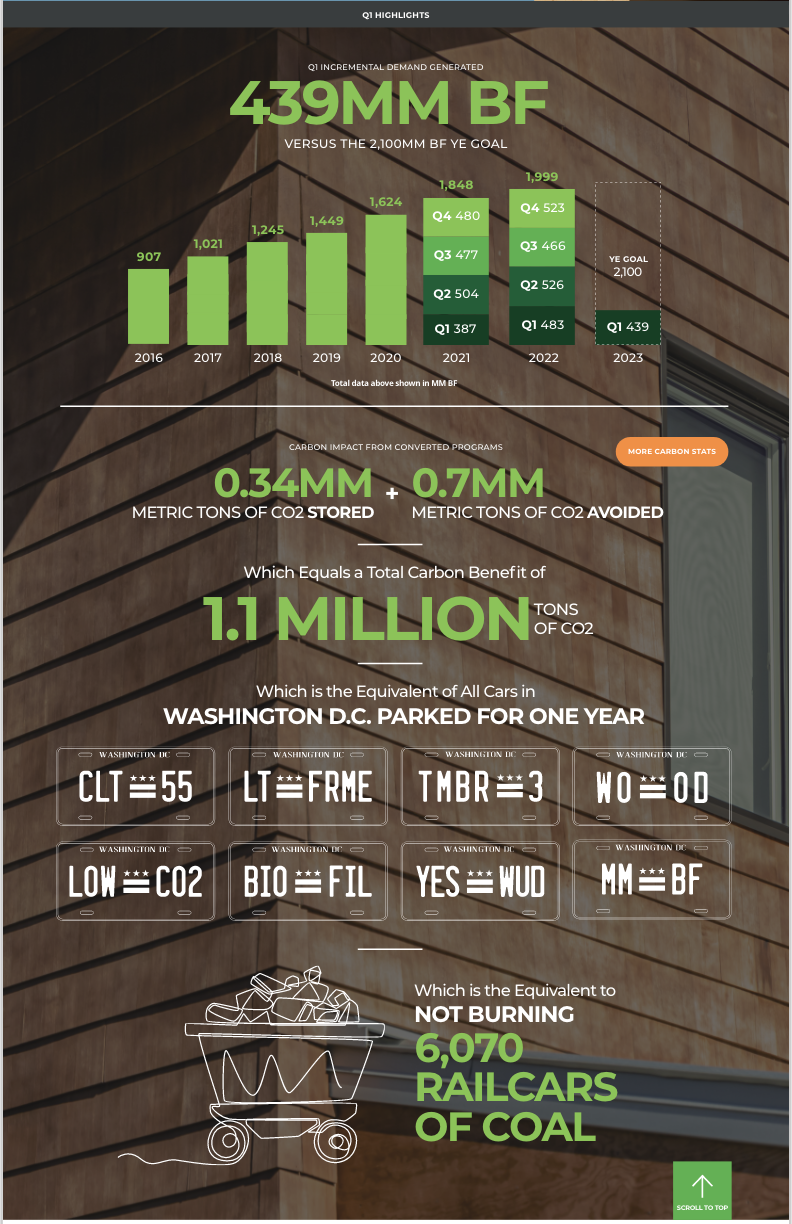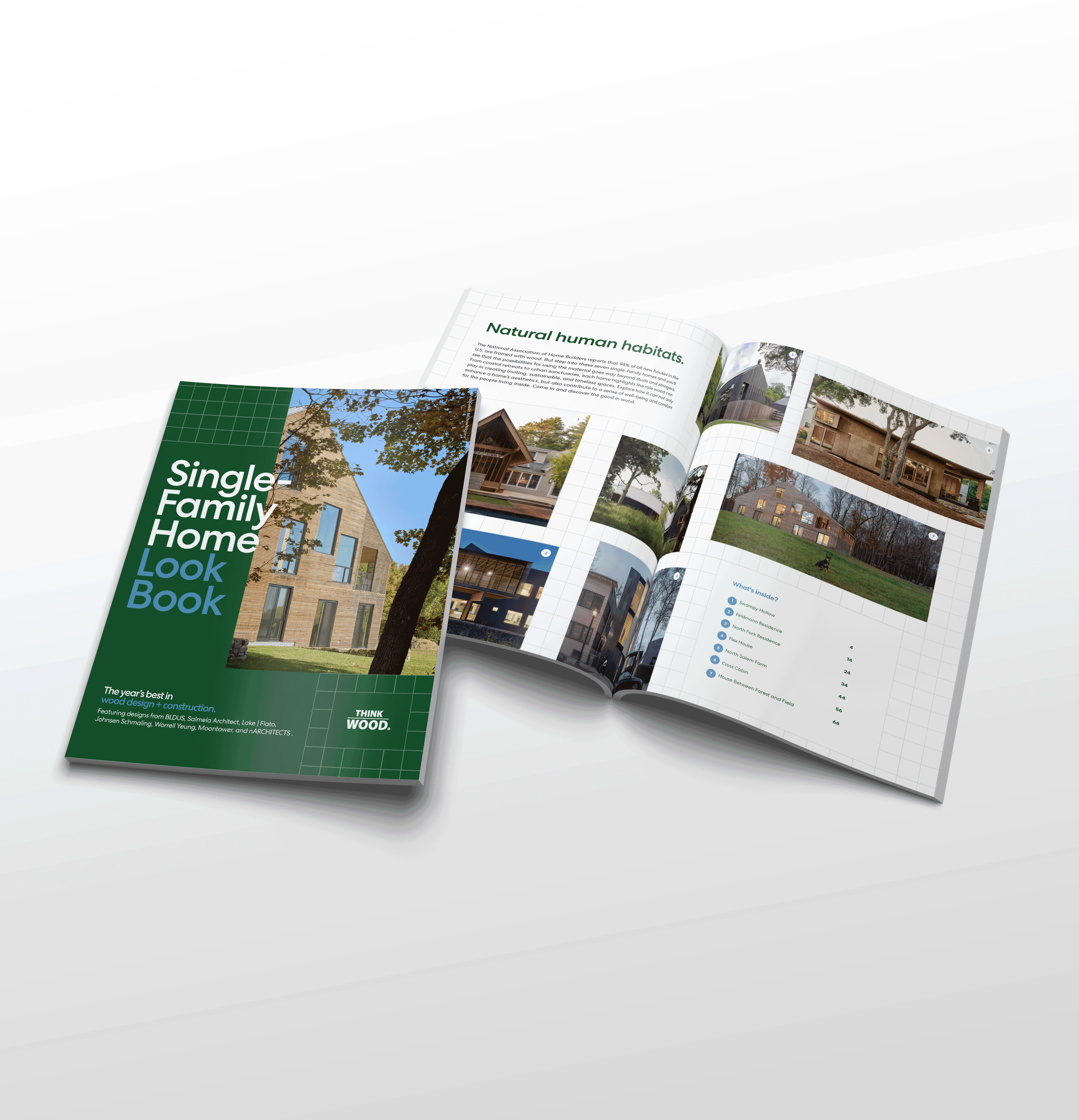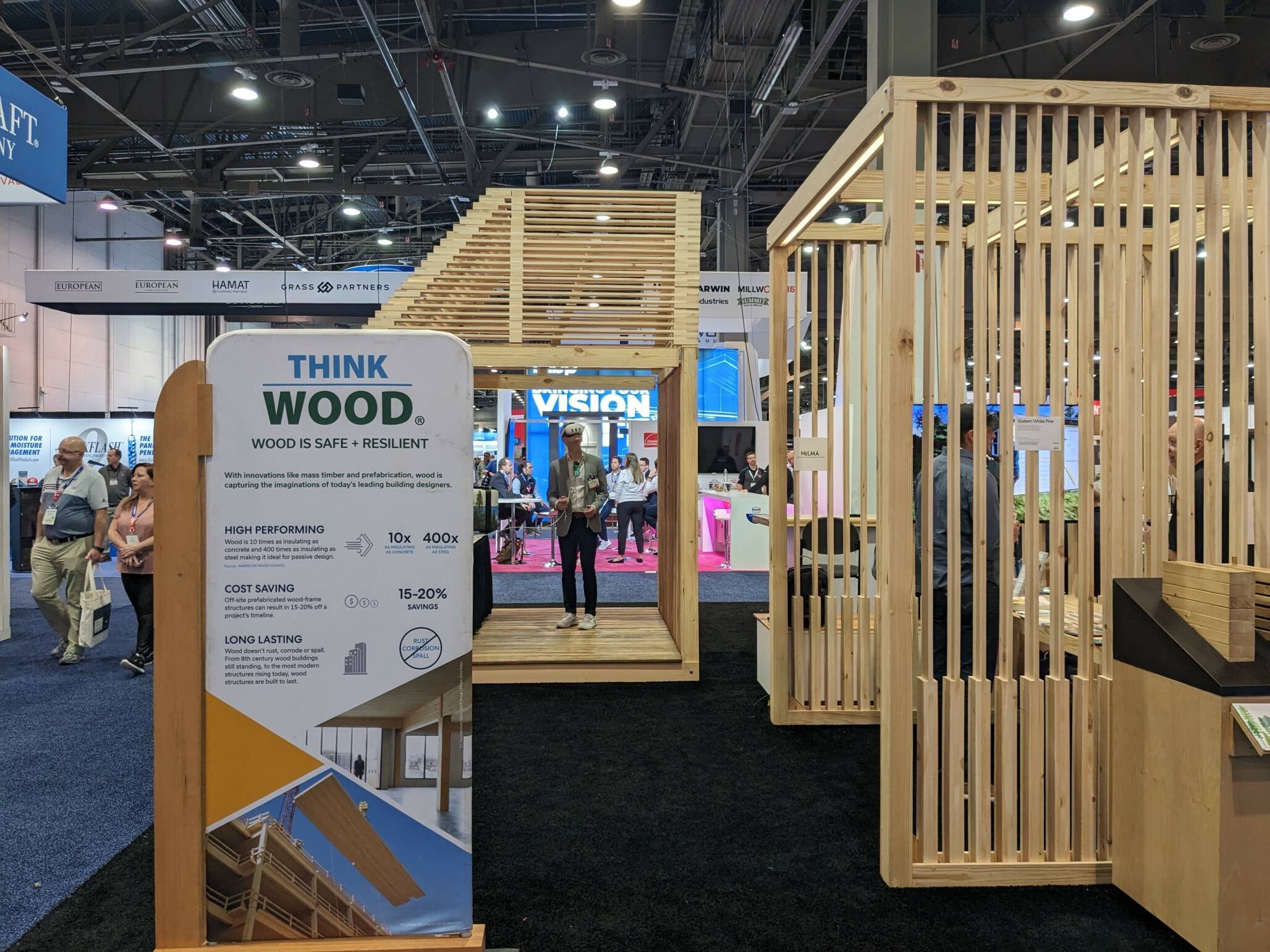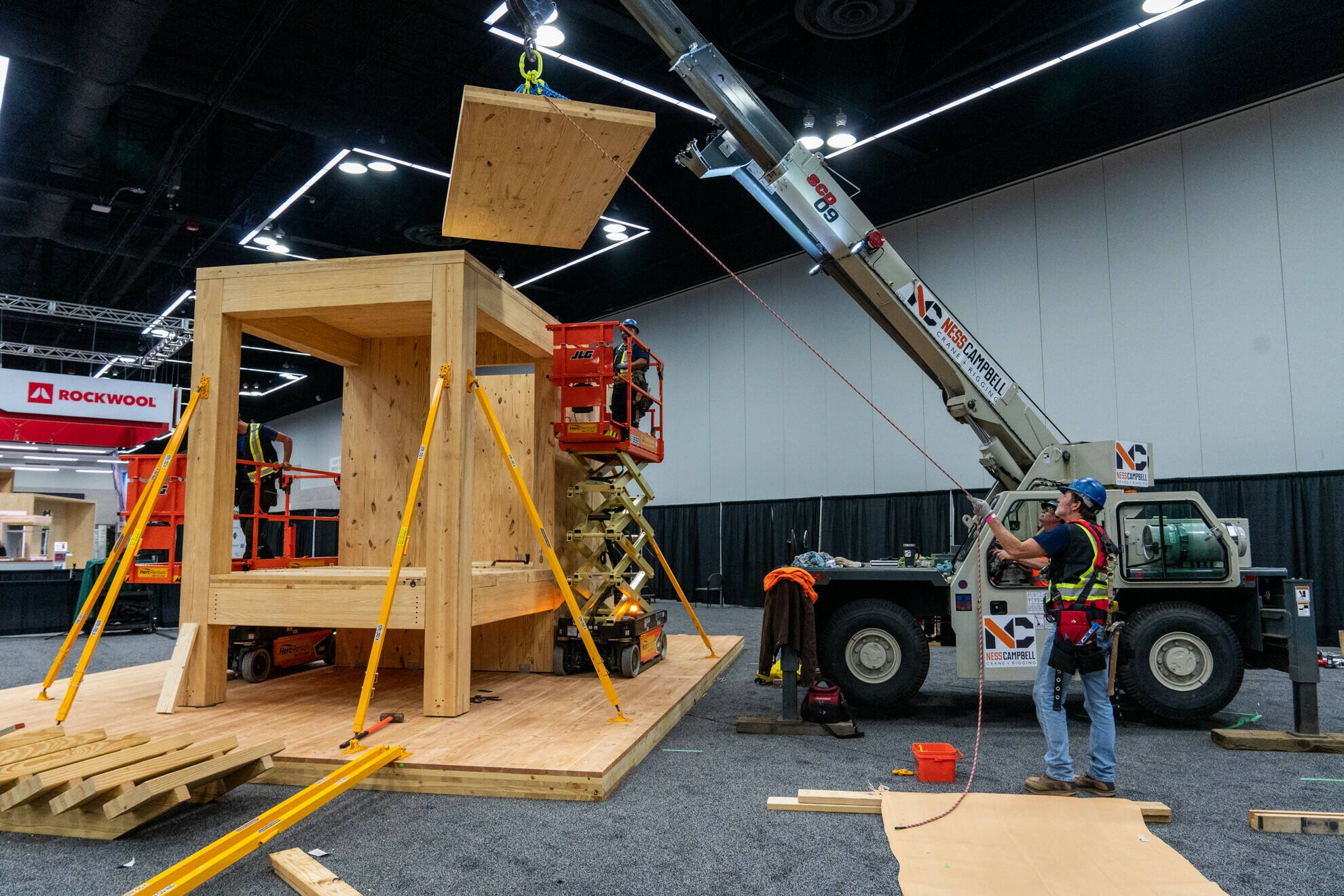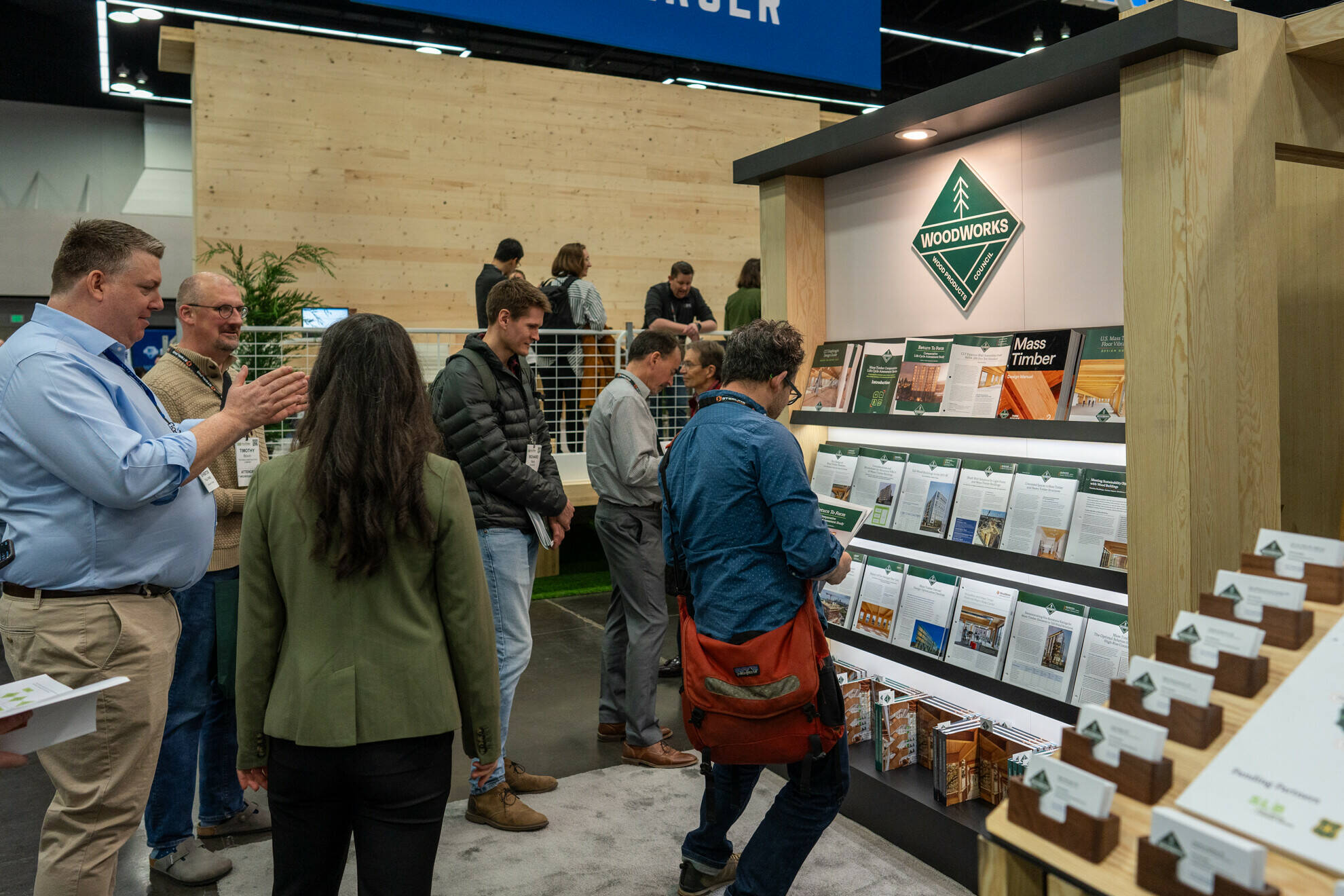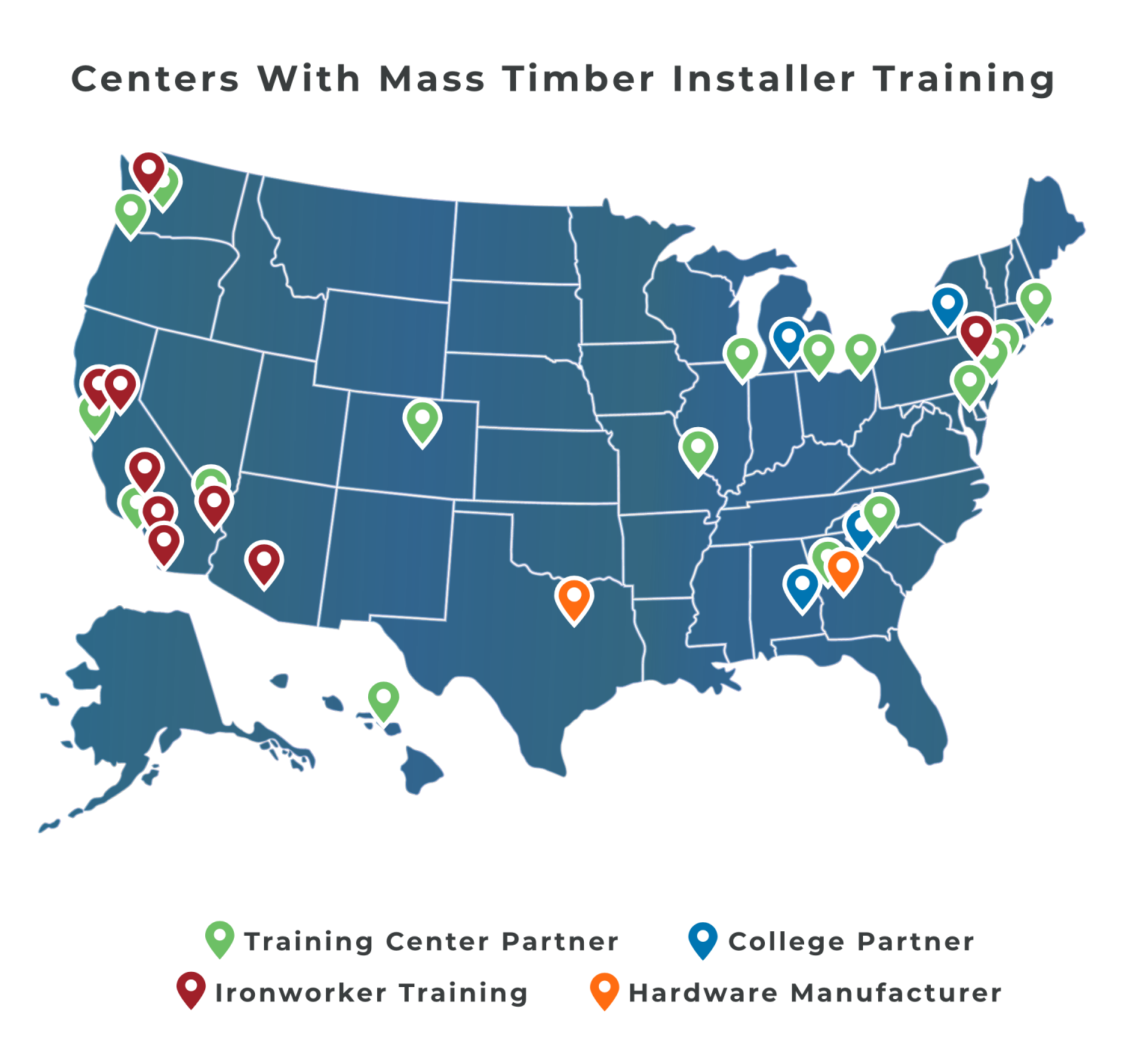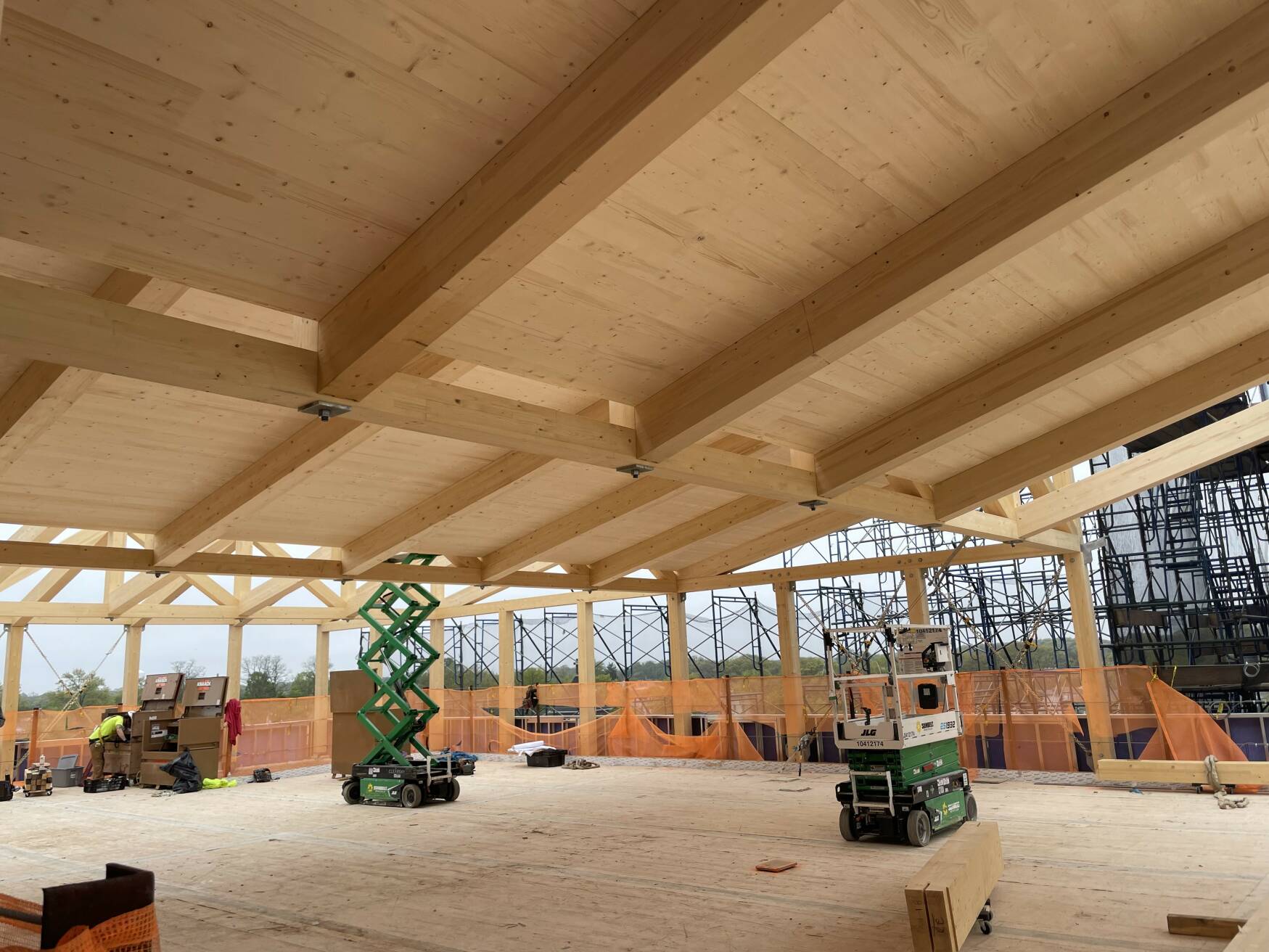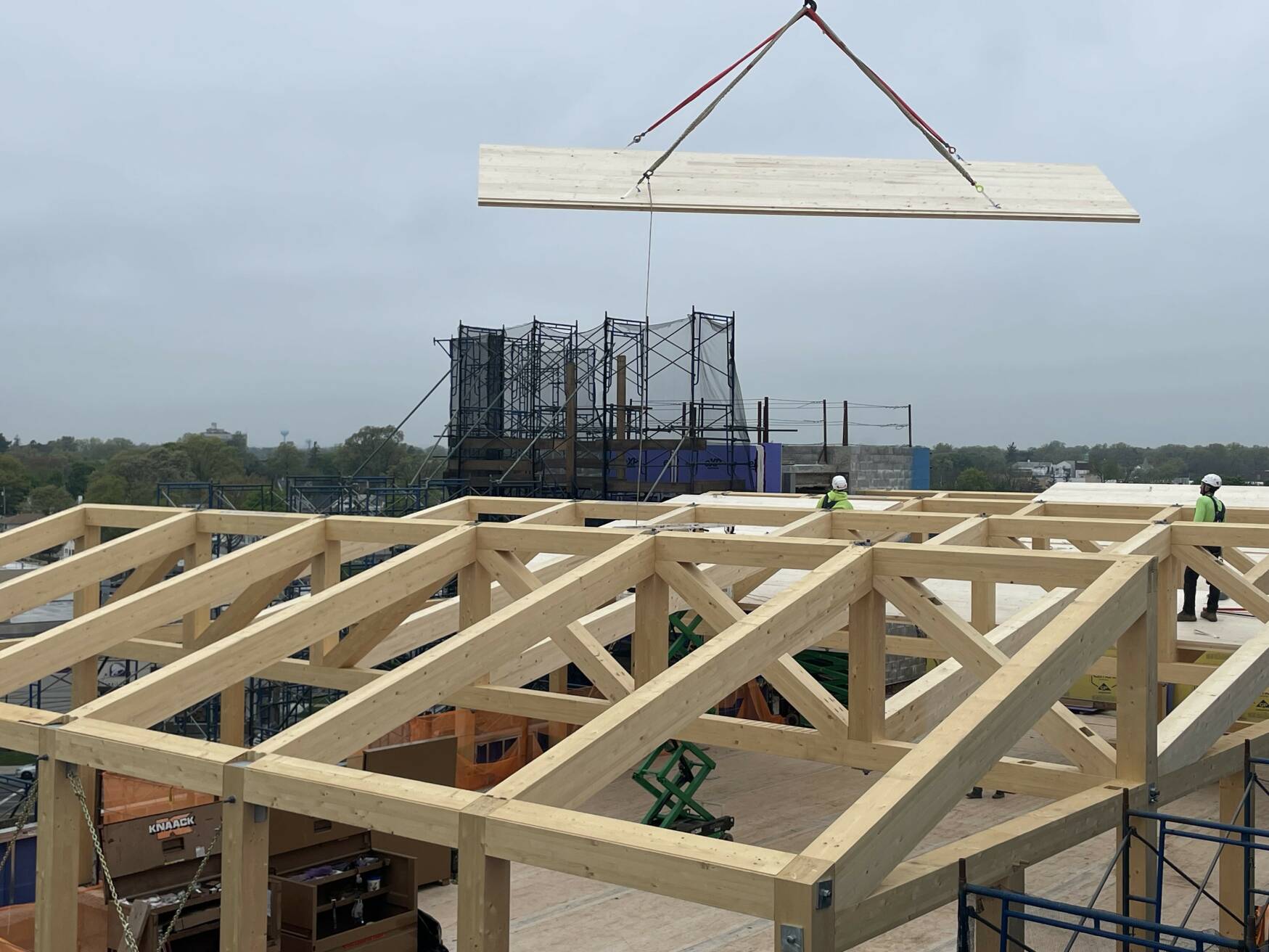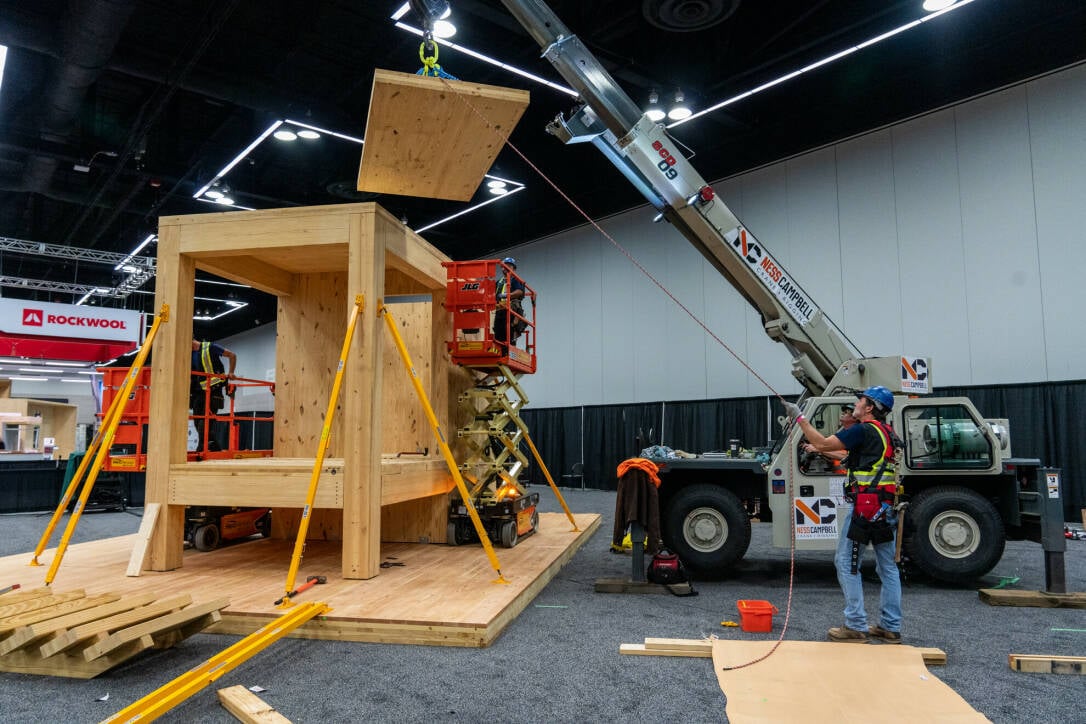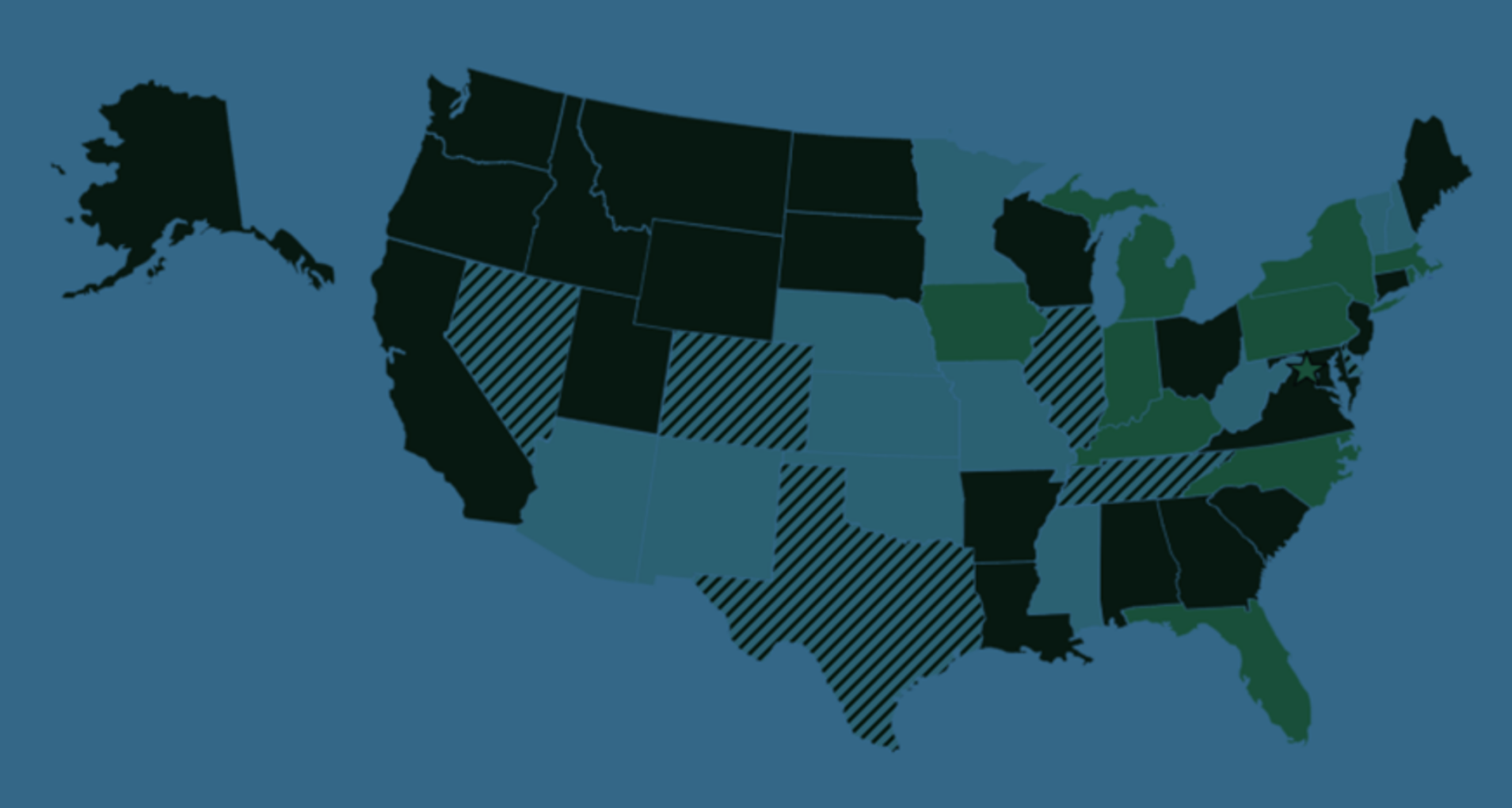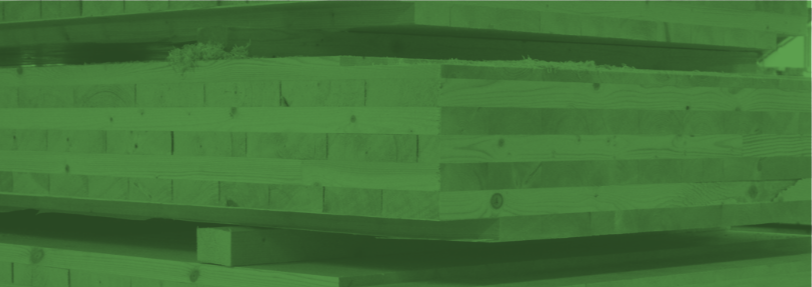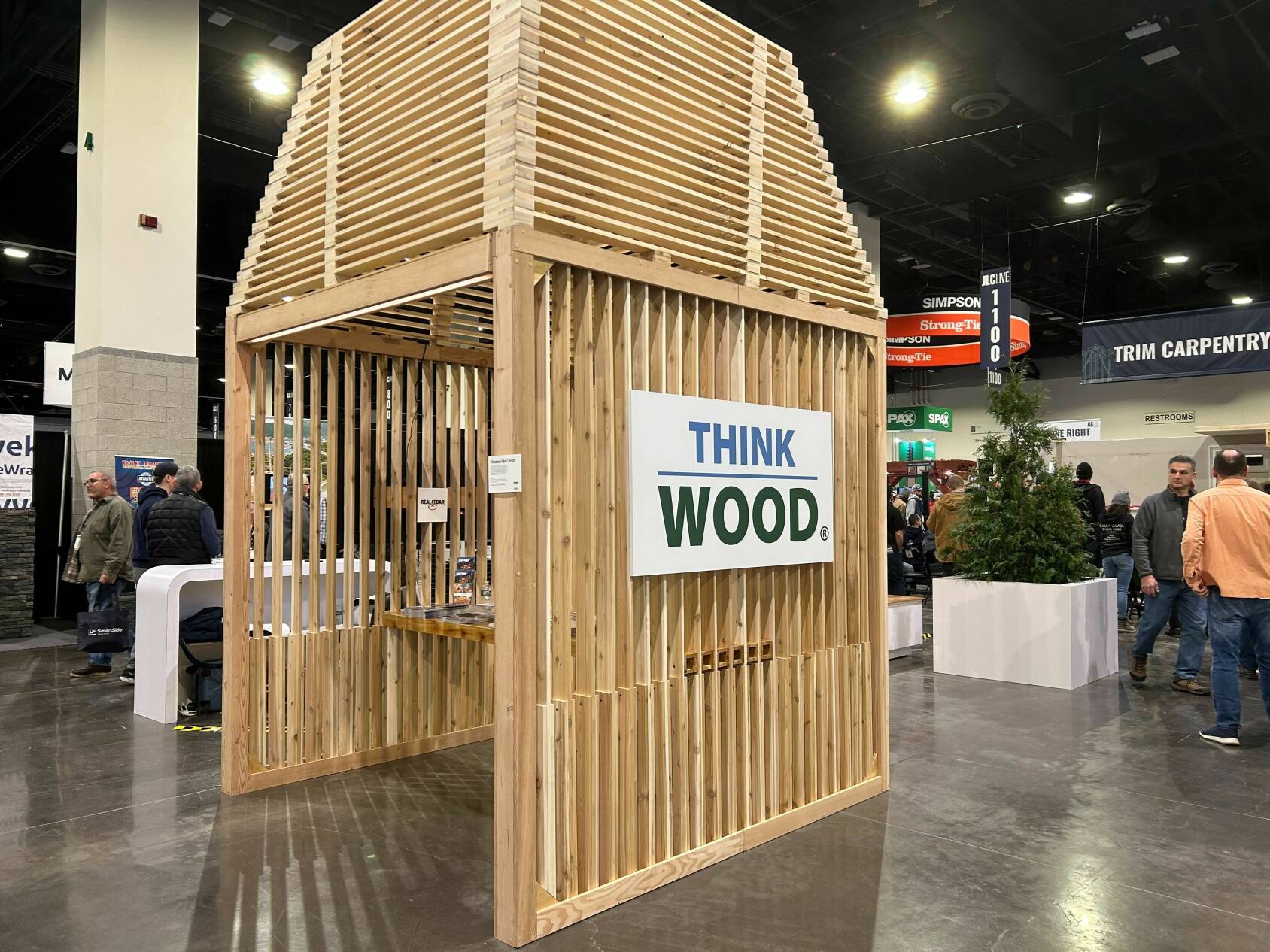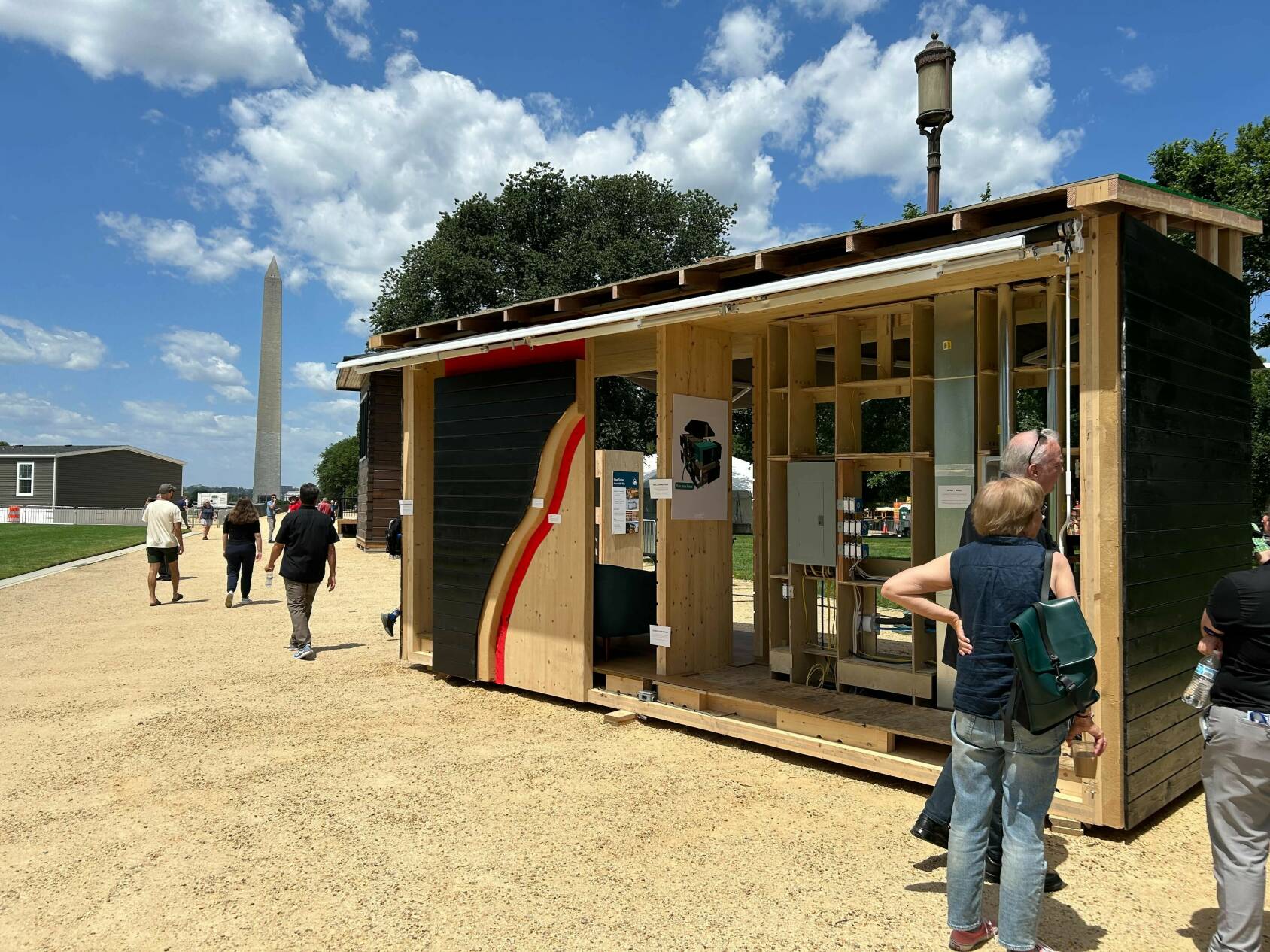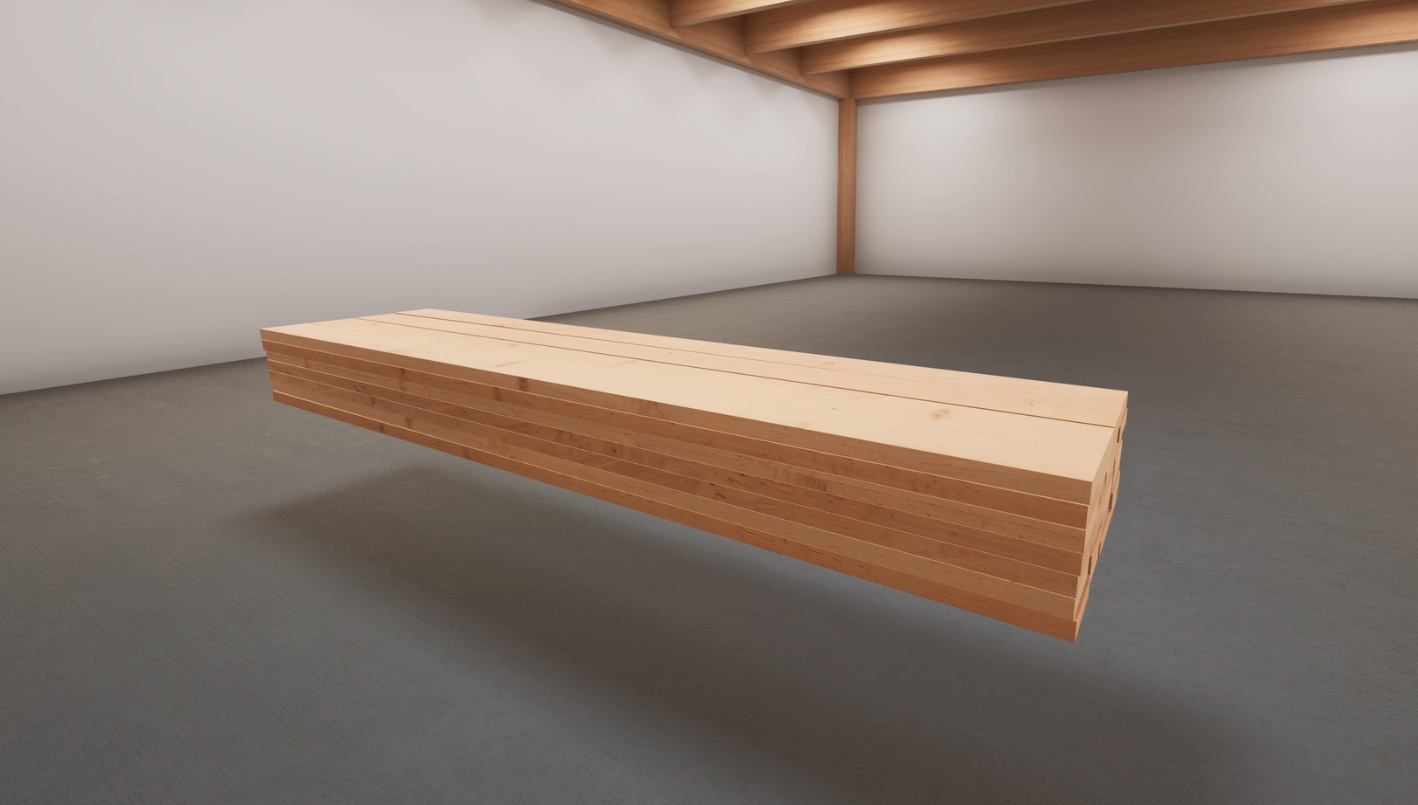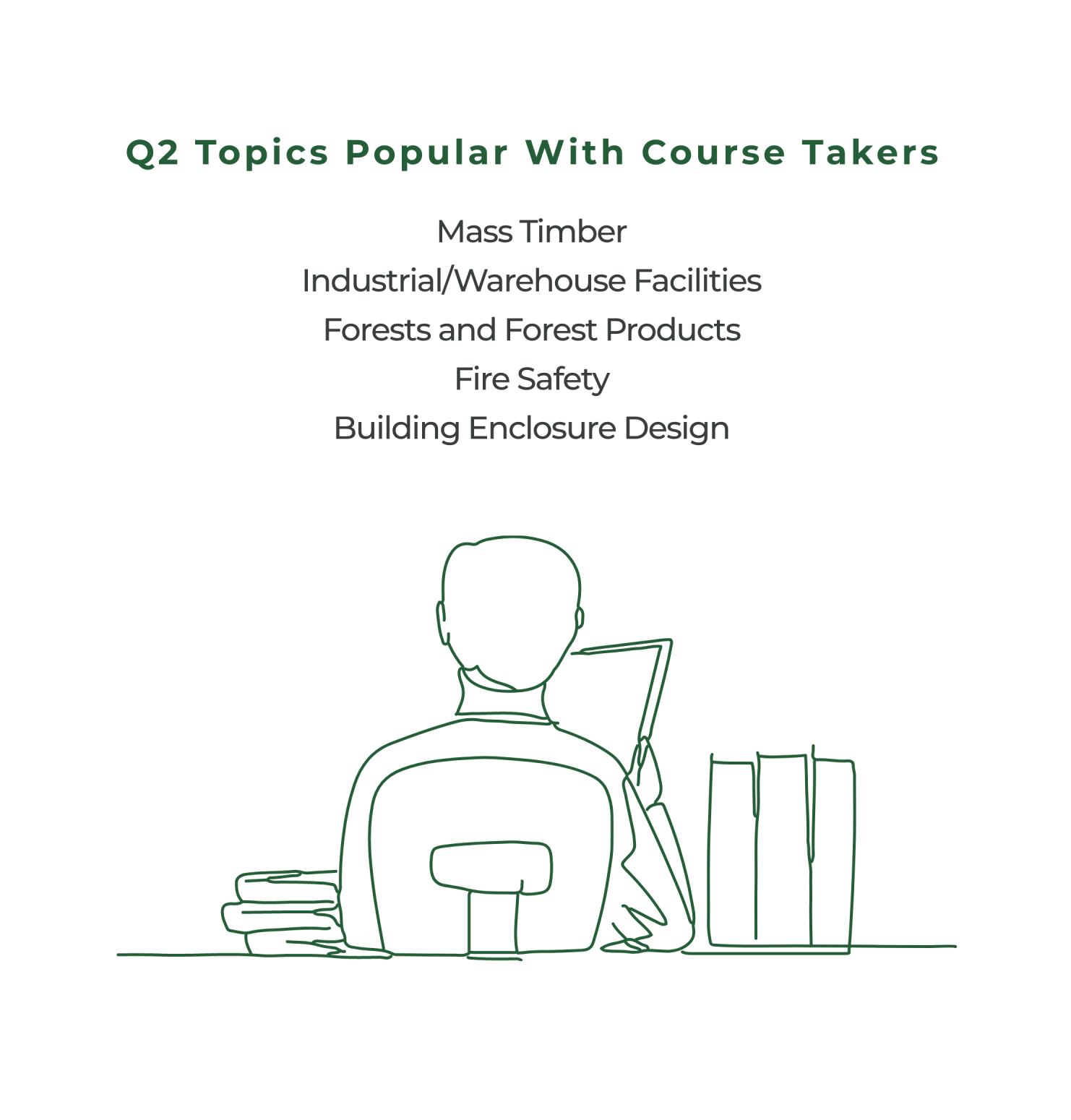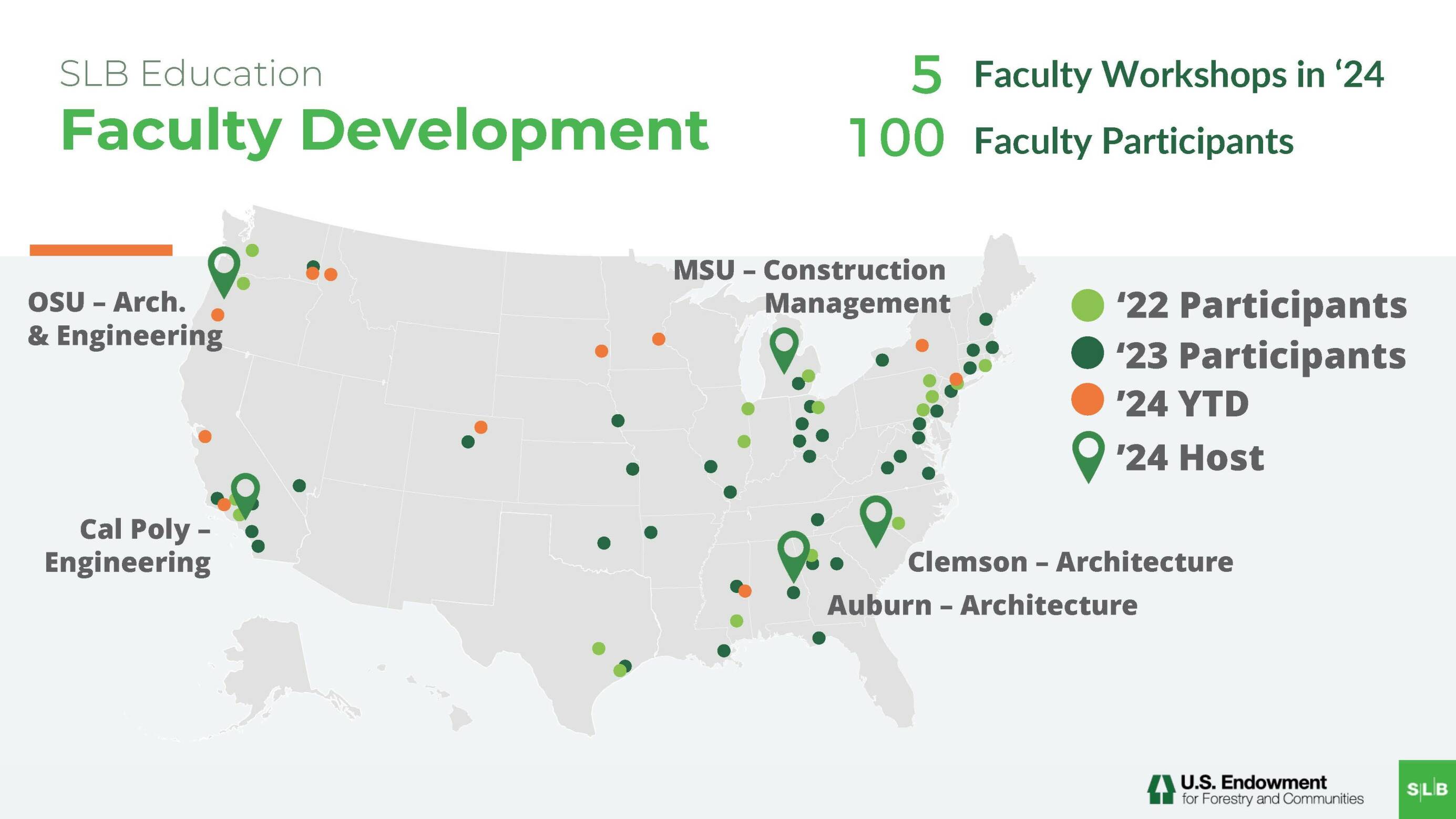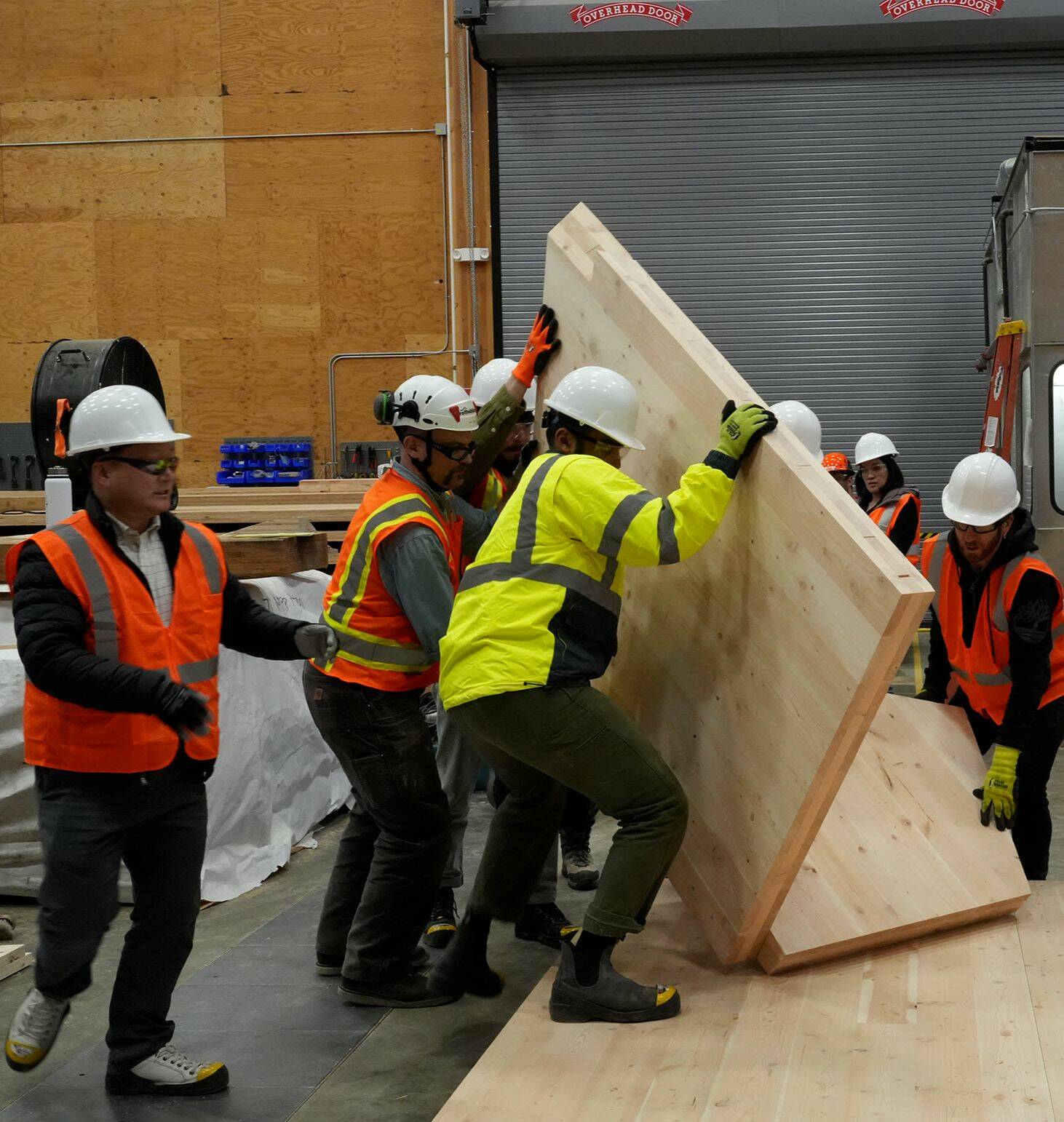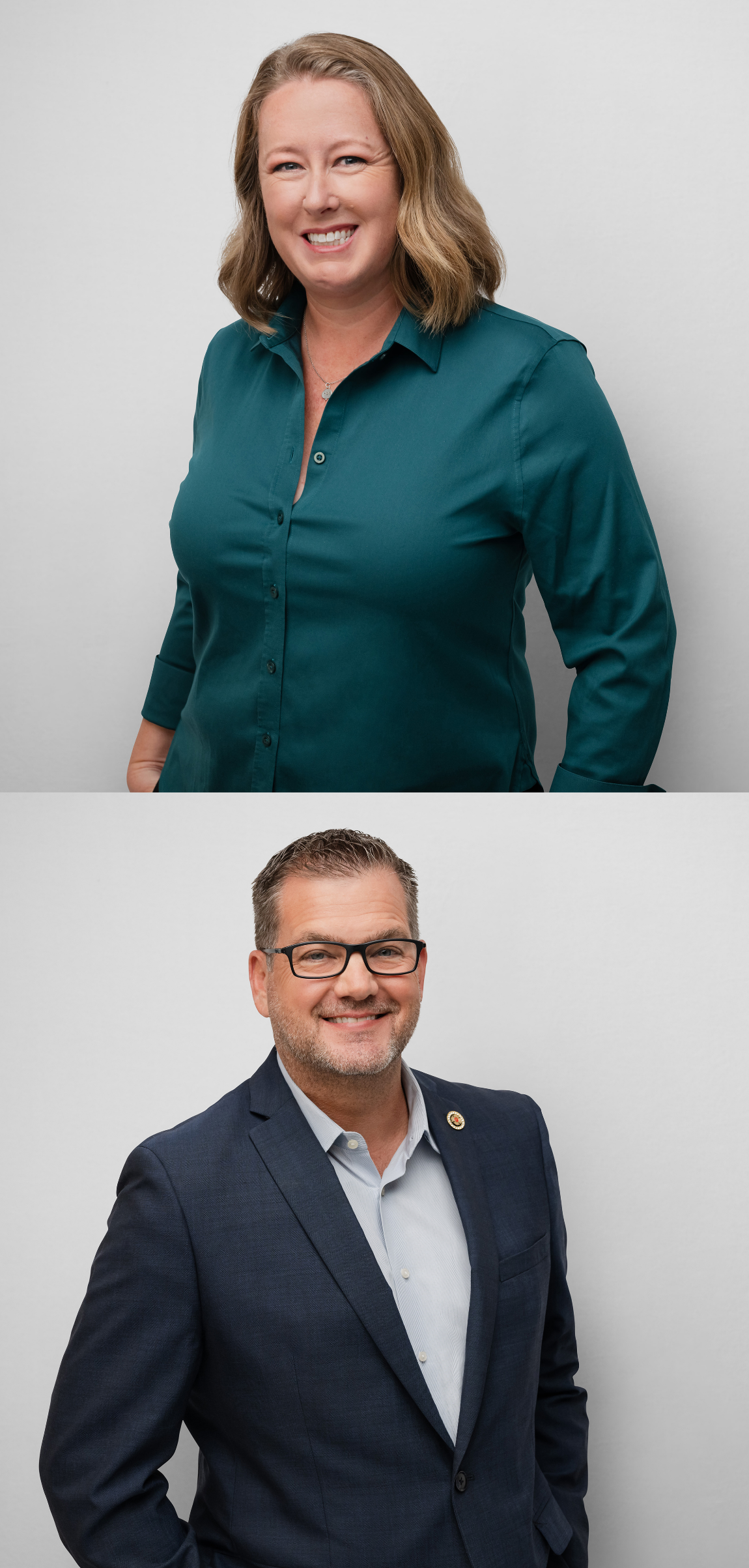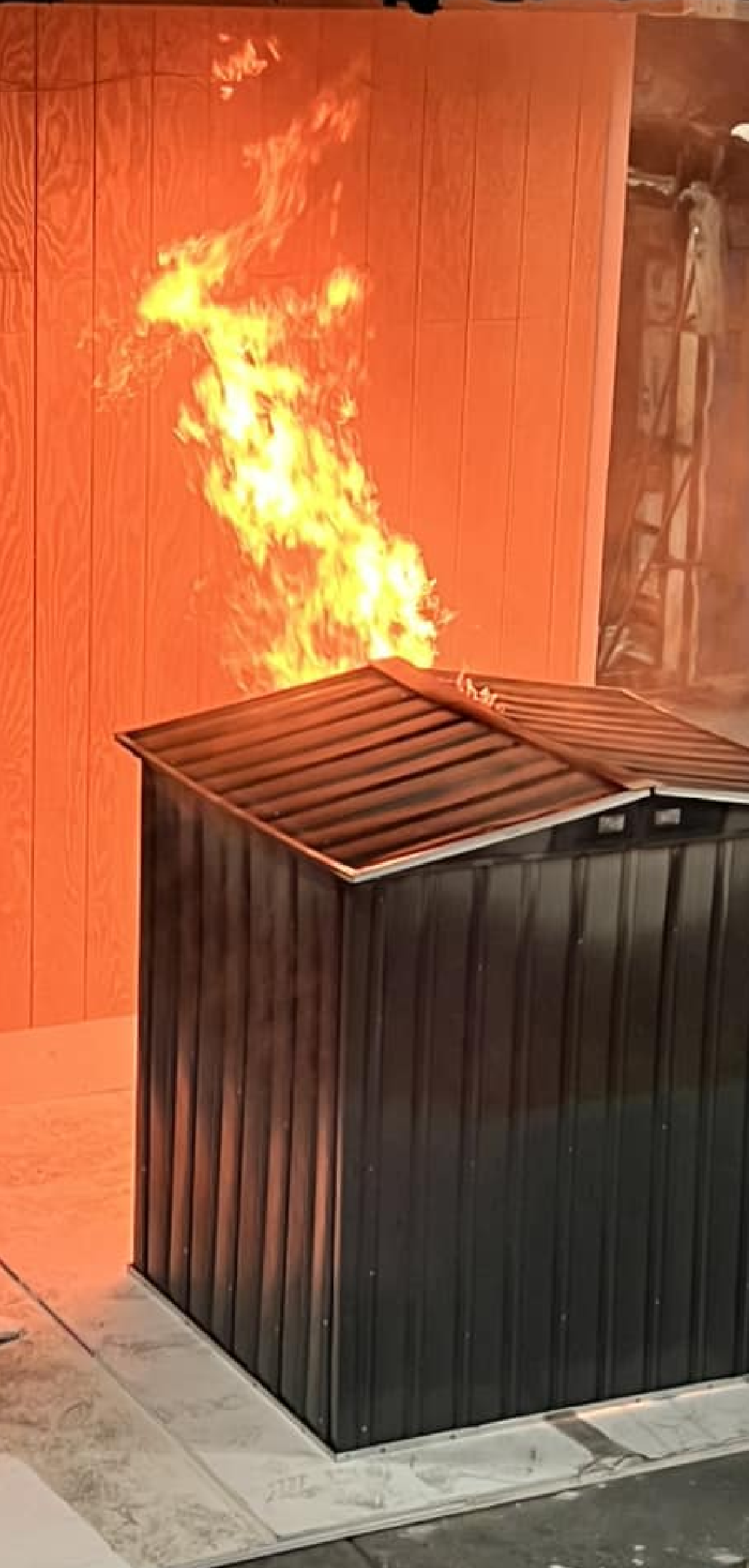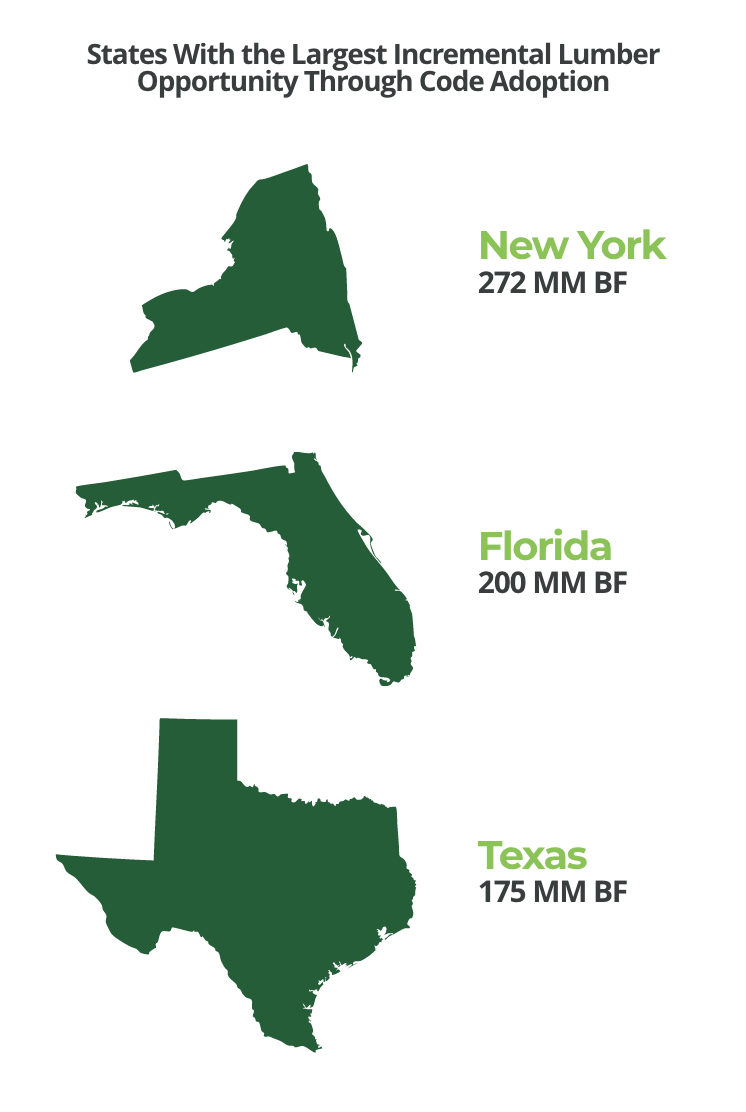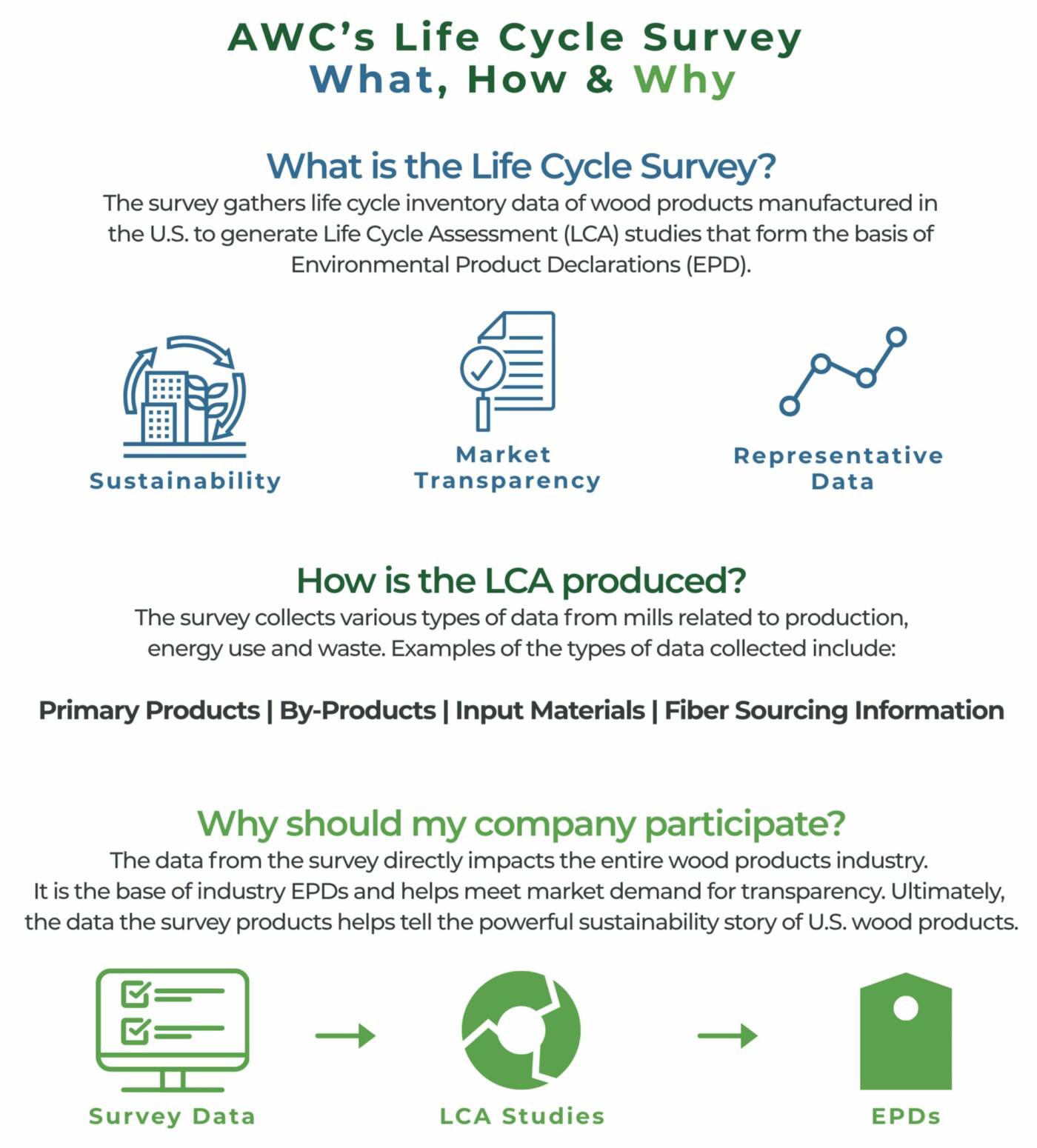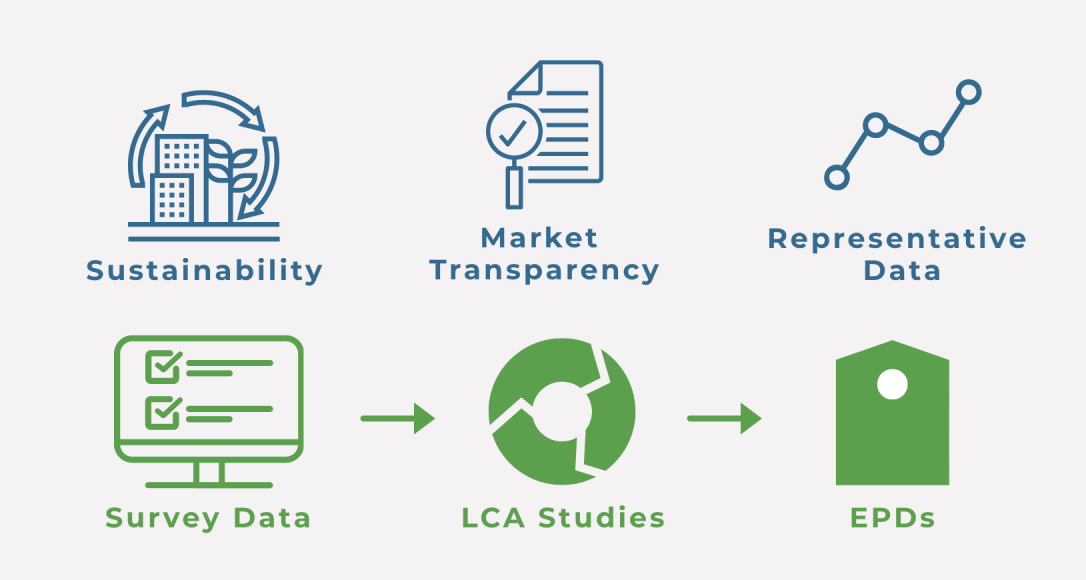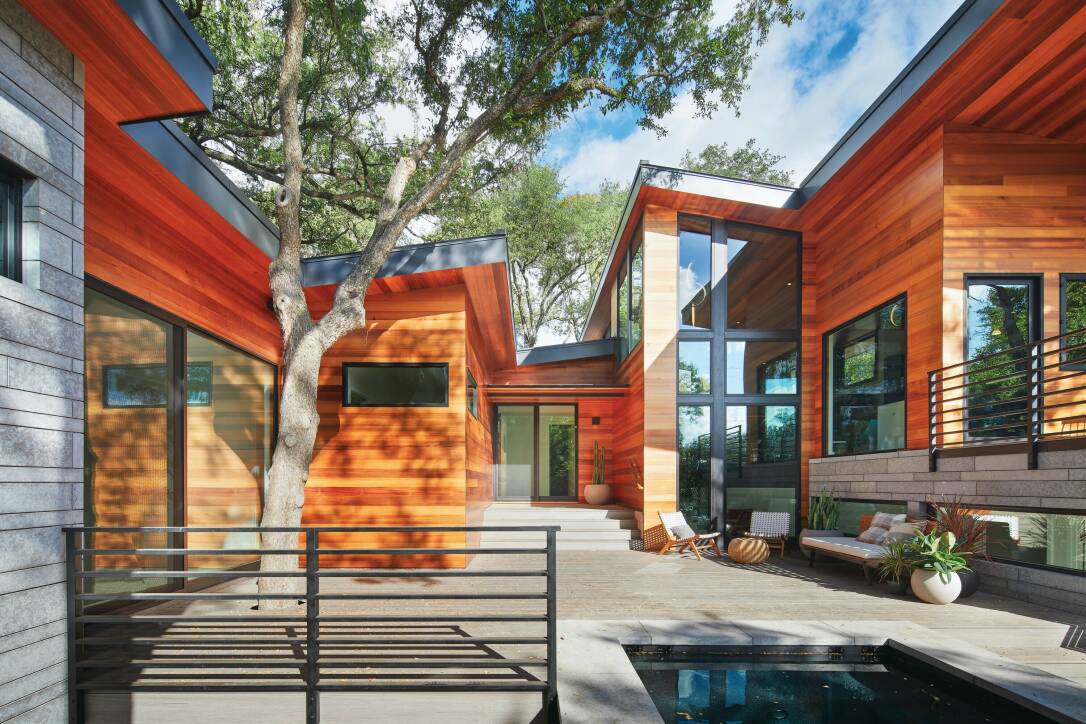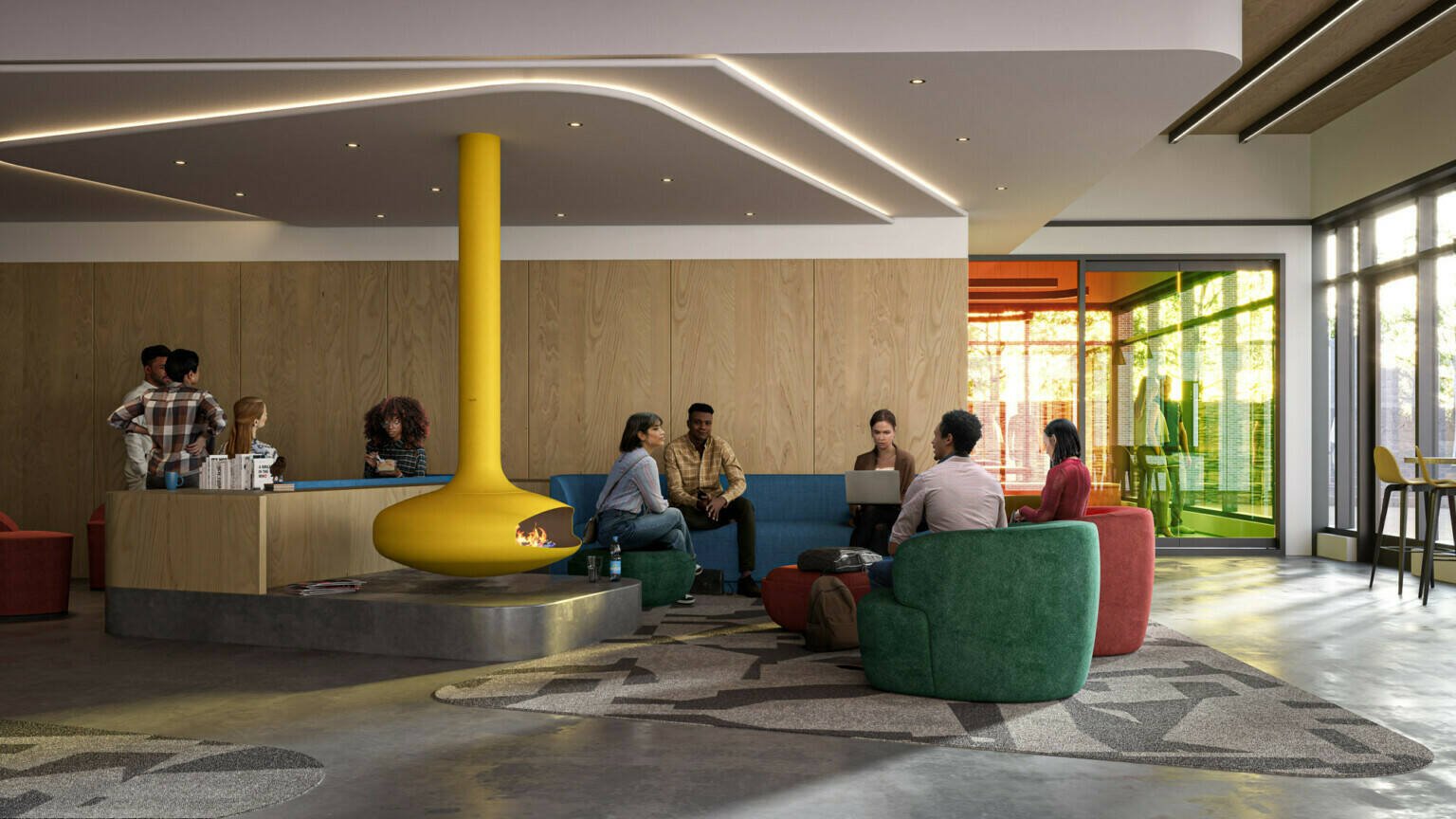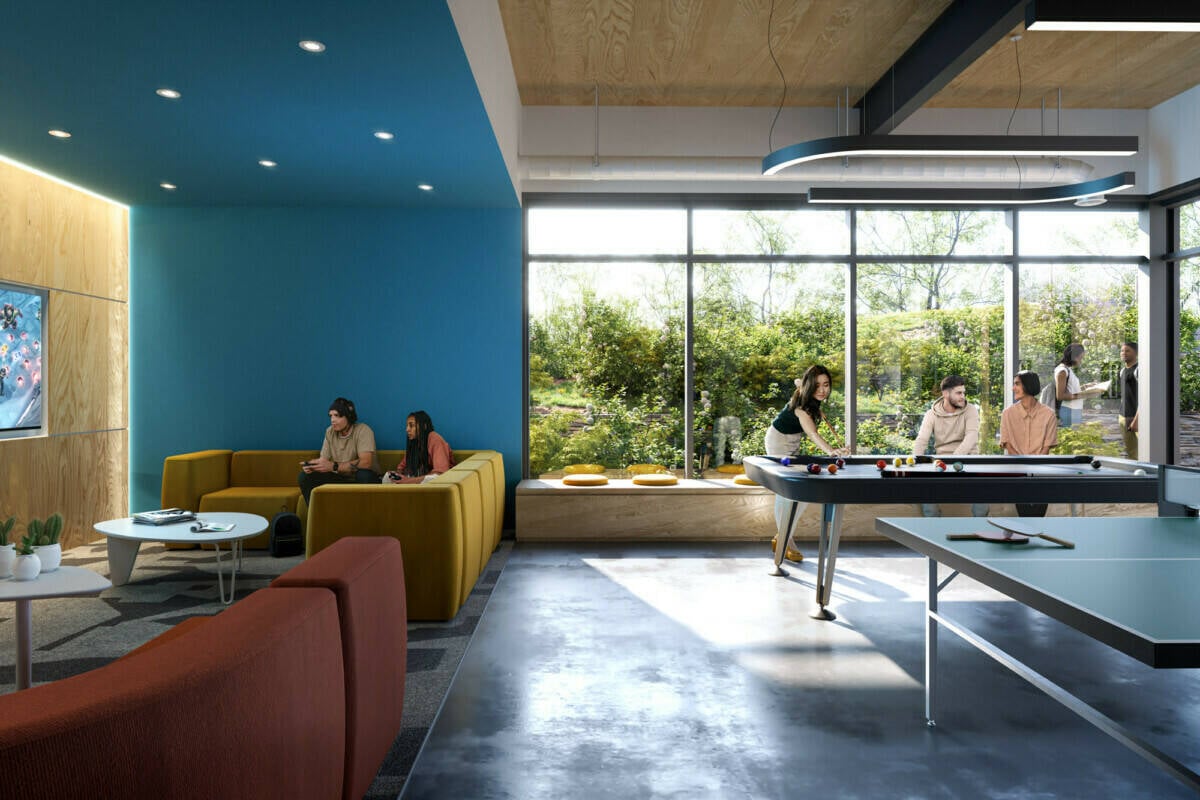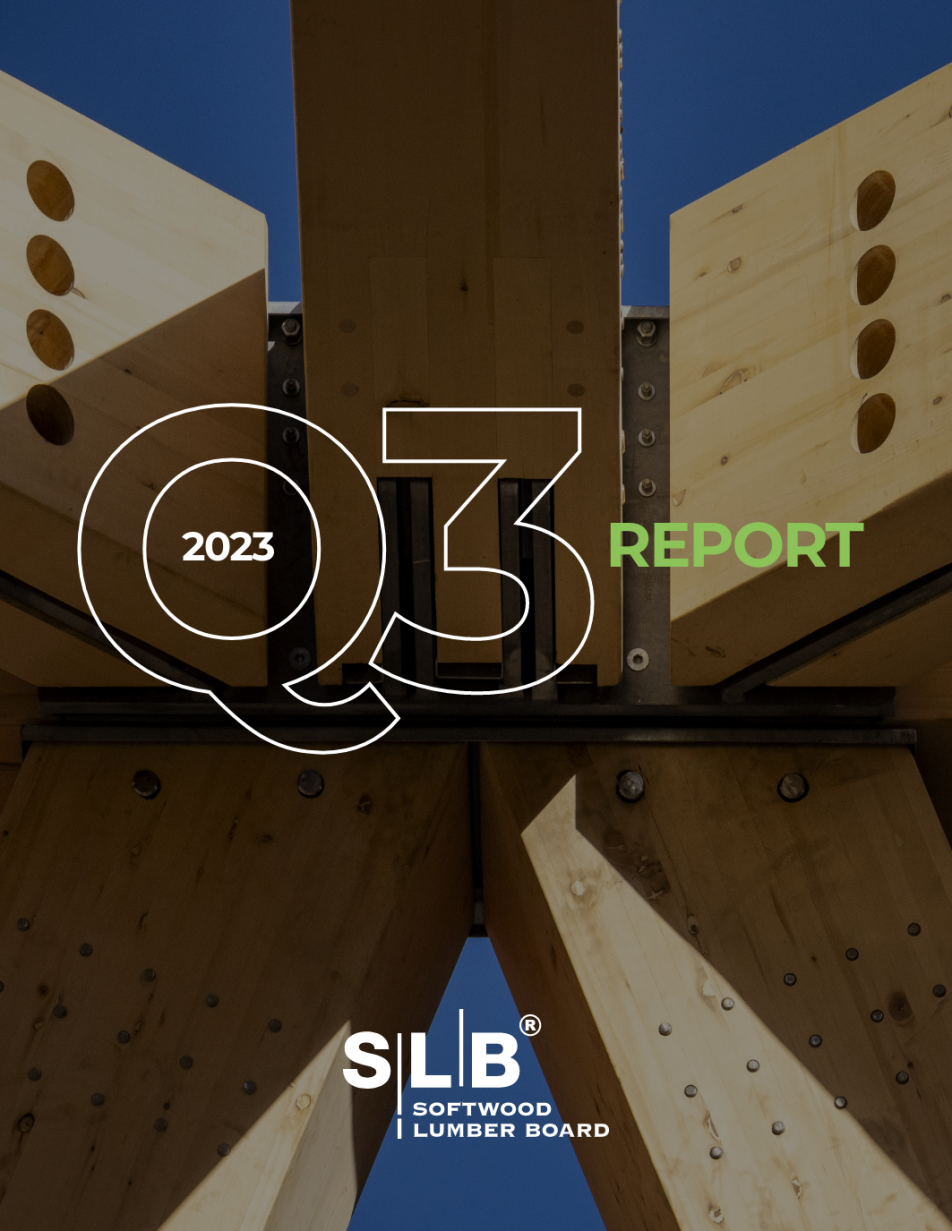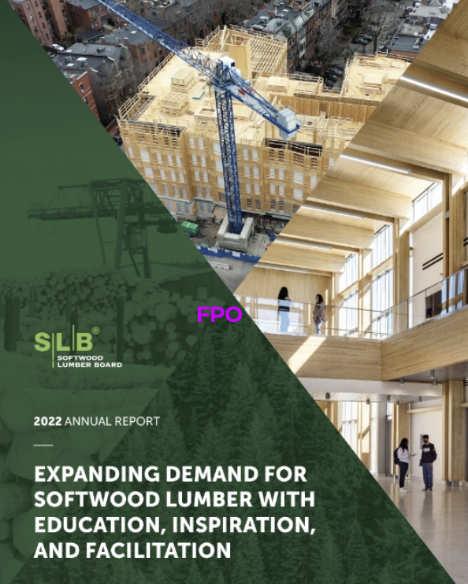
DOWNLOADS
THINK WOOD
HIGHLIGHTS
AWC
HIGHLIGHTS
EDUCATION
HIGHLIGHTS
WOODWORKS
HIGHLIGHTS
Q2 HIGHLIGHTS
SLB
Feature Story


Light-Frame
Mass Timber
Q2 HIGHLIGHTS
1,629
1.0 MILLION
OF CO2
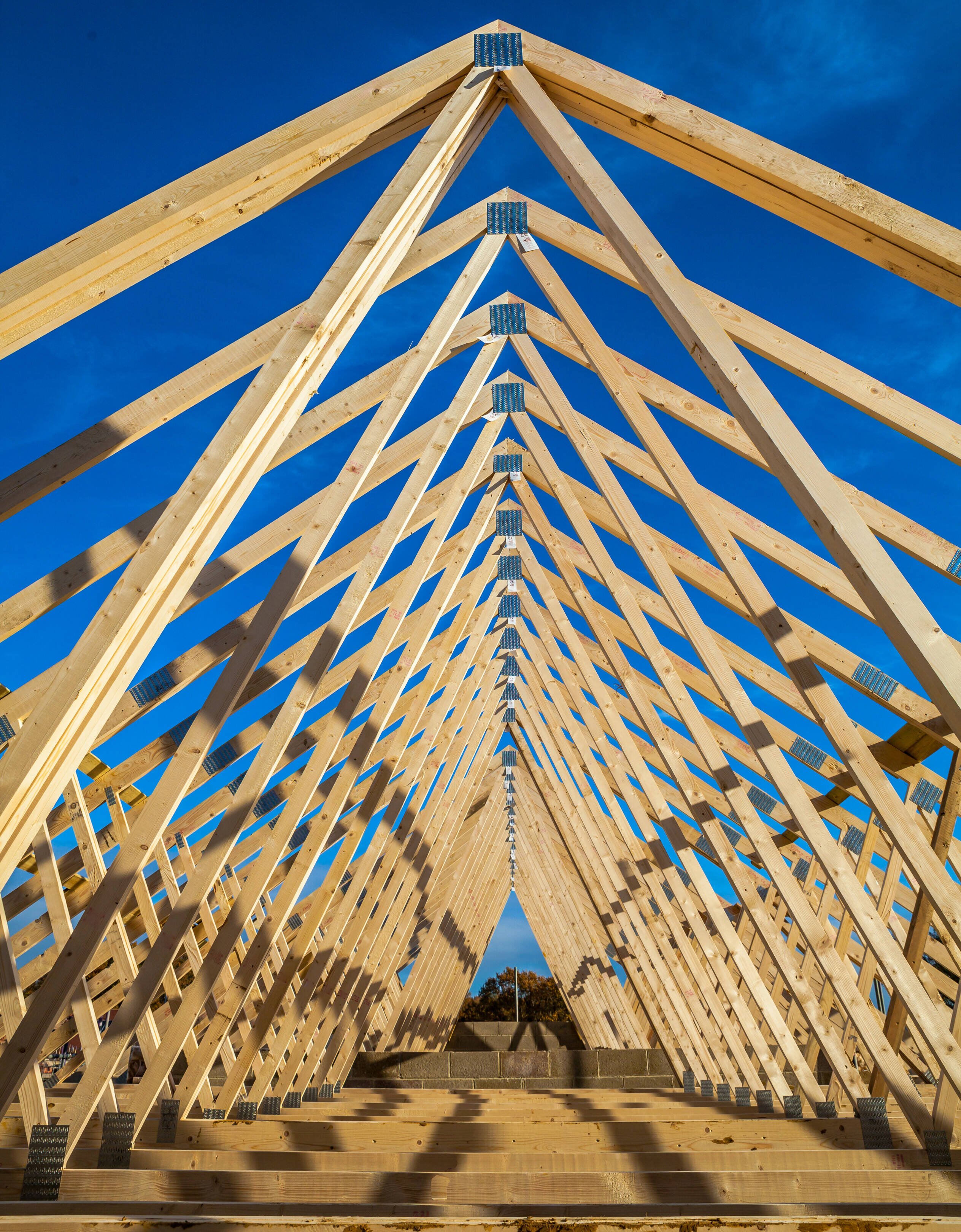
Jump to these stories.
Wood Solutions Scholarship Recipients
Want to read more SLB stories?

SLB Story 5:
Student Housing Success

SLB Story 4:
Concrete Masonry Checkoff
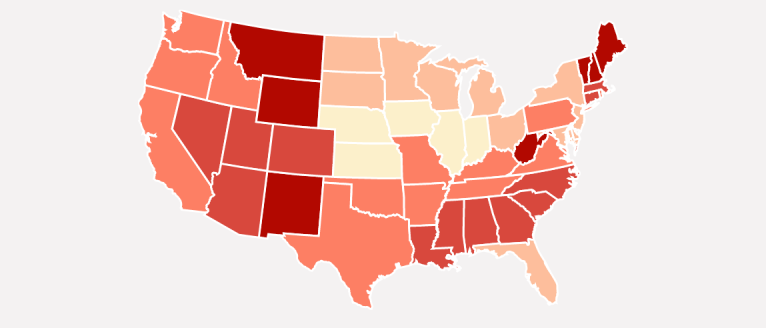
SLB Story 3:
WUI Code Work

SLB Story 2:
HUD Showcase and AIA Conference
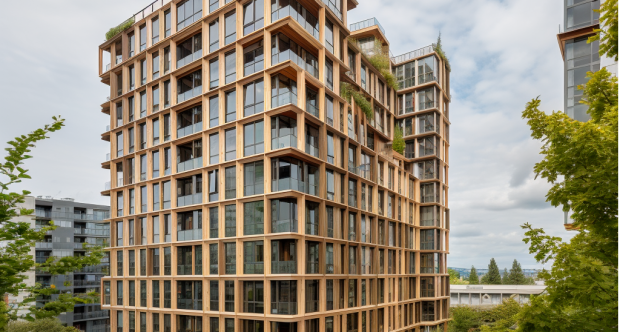
SLB Story 1:
LumberGPT Pilot Leverages AI
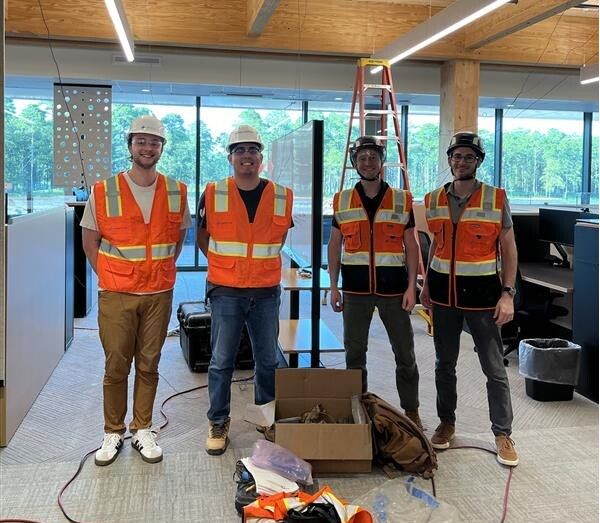
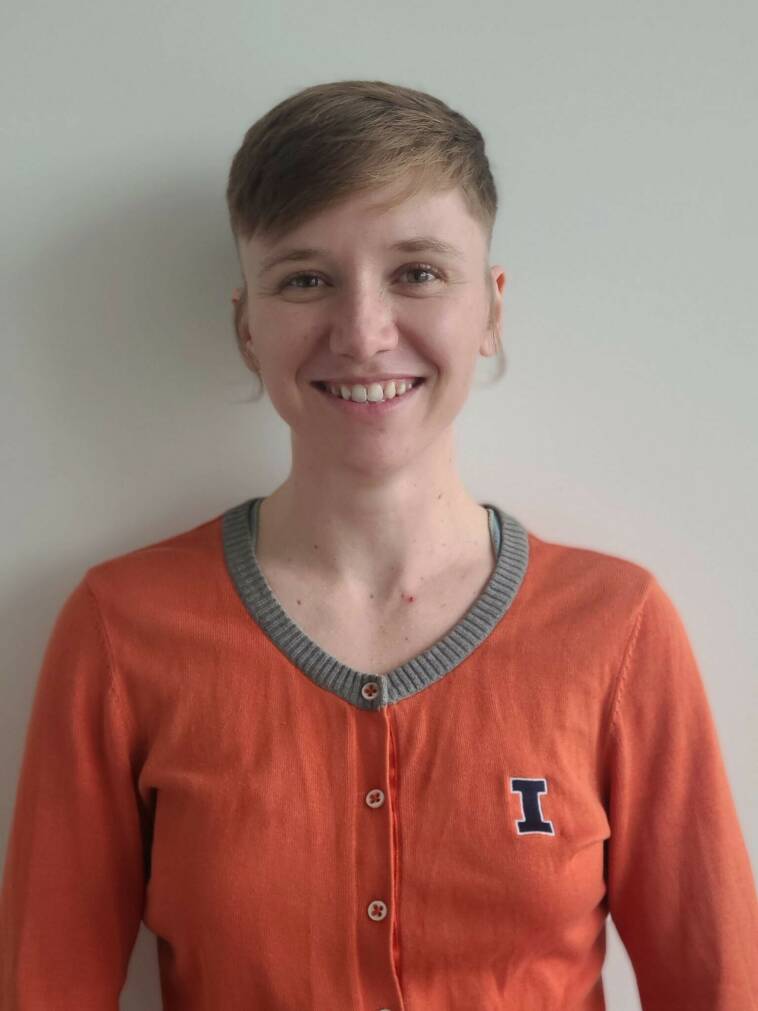
Thorp holds an M.S. in civil engineering from Oregon State University focused on structural engineering accompanied by an M.S. in wood science and engineering.
University of Delaware

Orellana plans to work in sustainable structural design.
University of Southern California

Chen focuses on design for deconstruction and mass timber-steel hybrid systems.
Northeastern University

Badmus’ research focuses on developing measures to mitigate the effects of tornado winds on residential buildings.
University of Kansas
The SLB announced the winners of the National Council of Structural Engineers Associations (NCSEA) Wood Solutions Scholarship in June—an initiative set to increase exposure to wood design in structural engineering programs across the country and encourage future professionals to specify wood in their projects.
The program is a strategic response to NCSEA research highlighting a significant deficit in wood design courses within engineering programs. To address this, the SLB partnered with the NCSEA Foundation to establish the Wood Solutions Scholarship, aiming to increase knowledge of wood design in the profession and attract students traditionally underrepresented in structural engineering.
Among 110 applicants, these recipients stood out for their academic excellence, pursuit of graduate degrees in engineering, wood-focused research, and passion for designing wood structures. This scholarship aligns with our goal of familiarizing students with wood’s properties, versatility, aesthetics, economic benefits, and sustainable impacts to ensure they are well prepared to use wood as a key building material.
Wood Design Education for Engineers

Leads (SQLs)
MM BF OF LUMBER
Projects

22,000 YE Goal
THINK WOOD HIGHLIGHTS
SLB Story 1:
LumberGPT Pilot Leverages AI
SLB Story 2:
HUD Showcase and AIA Conference
SLB Story 3:
WUI Code Work
SLB Story 4:
Concrete Masonry Checkoff
SLB Story 5:
Student Housing Success
SLB STORY 1
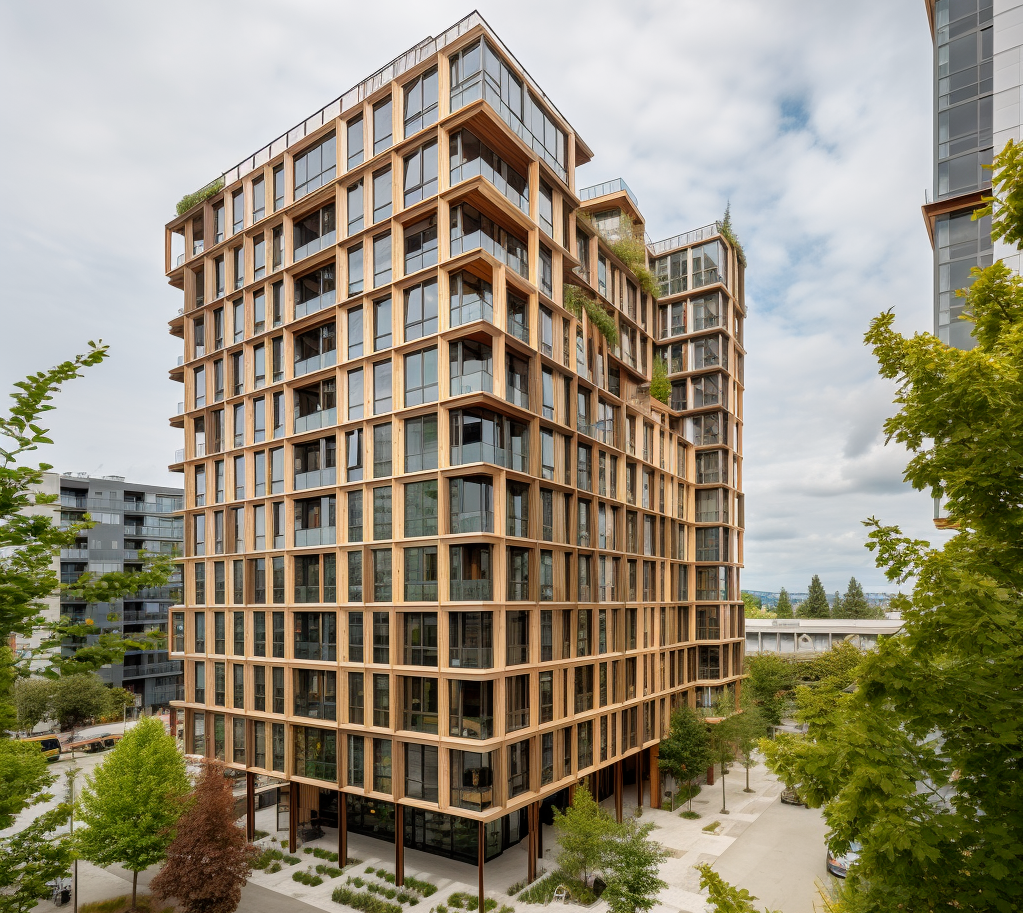
The SLB is developing LumberGPT, a custom AI tool based on the publicly available commercial tool ChatGPT, to be launched as a pilot for internal use. LumberGPT will prioritize SLB-approved content from Think Wood, SLB Education, and WoodWorks before accessing the broader ChatGPT database. It consolidates years of SLB resources to provide natural language answers to questions. Two versions will be created: one for Think Wood and SLB Education, and another for WoodWorks, each tailored to specific user needs. The internal tool will also serve as a testing ground for a potential public-facing educational tool, with complex inquiries still guided by human experts.
Overall, the SLB and partner programs continue to research the impacts of AI on the sector.
For example, a recent article by Think Wood interviews industry and academic experts exploring this trend. The good news is that AI can take on repetitive architecture and engineering tasks and less mentally stimulating work, freeing up design teams to devote more time to higher-level problem solving and design challenges. And while AI boosts productivity, the real opportunity for the AEC sector may be in reframing the value of the human expert and design professional to better tackle major issues including affordable housing, improving the quality of the built environment, and the quest for net-zero carbon emissions.
LumberGPT Pilot Leverages AI to Boost Program Productivity
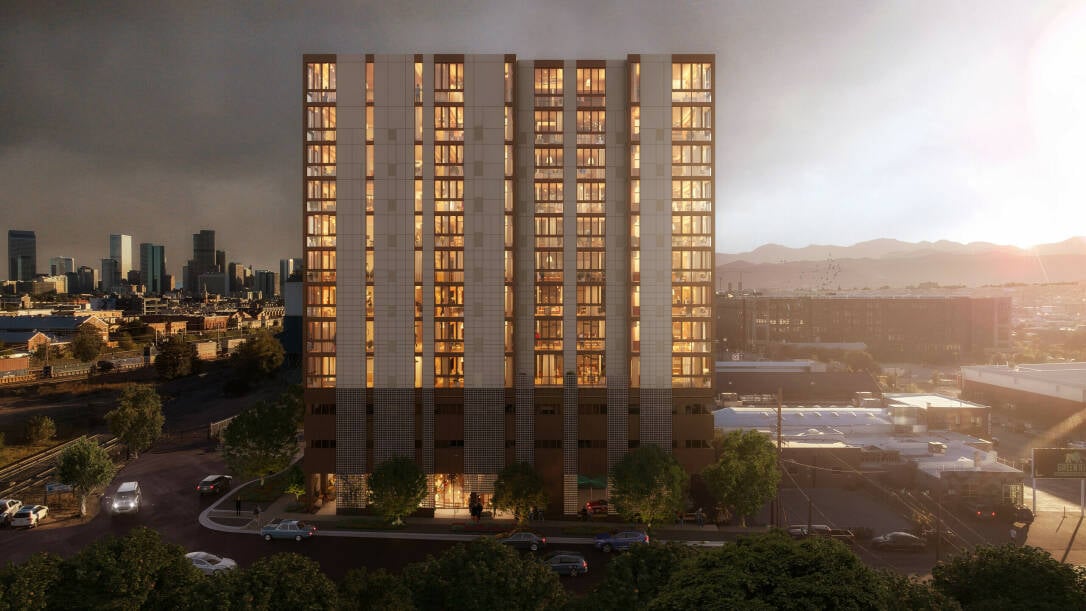

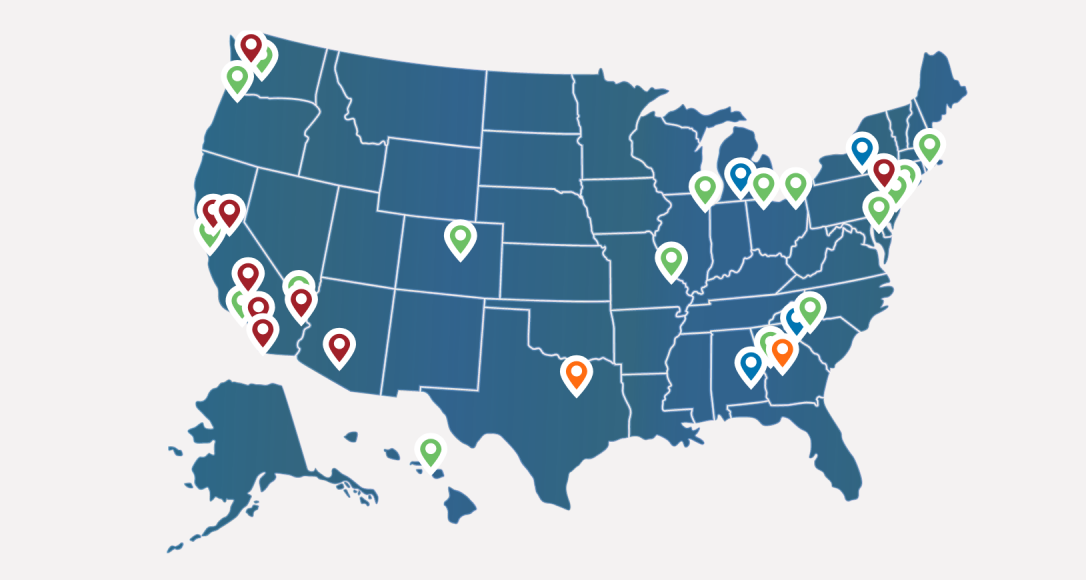



WOODWORKS HIGHLIGHTS
Structural Panels
725 MM BF YE Goal
71 MM SF YE Goal
ConstructioN
Versus 29,130 YE Goal
SLB Story 1:
LumberGPT Pilot Leverages AI
SLB Story 2:
HUD Showcase and AIA Conference
SLB Story 3:
WUI Code Work
SLB Story 4:
Concrete Masonry Checkoff
SLB Story 5:
Student Housing Success
SLB STORY 2



The U.S. Department of Housing and Urban Development’s Innovative Housing Showcase on the National Mall raises awareness of new housing designs and technologies that can improve the affordability, performance, and availability of housing in the U.S. The SLB and its funded programs played a key role in supporting the lumber industry’s entry, a prefabricated wood structure by Green Canopy Node showcasing prefabricated multifamily construction innovations. The event offered a public platform to demonstrate the potential of wood construction systems in cost-effective multifamily projects as a kit of parts.
Coinciding with the showcase, SLB partners maximized engagement with architects at the AIA24 Conference on Architecture & Design in Washington, D.C., in early June. The WoodWorks-sponsored learning lounge drew strong crowds, with each session reaching or exceeding capacity, attracting both seasoned attendees and newcomers. The Think Wood booth offered a unified presence for lumber industry allies, enhancing visibility and providing valuable information on regional wood species for the event’s 16,000 architect attendees. It also served as a hub for continued discussions with attendees from the nearby education lounge.
SLB Programs Showcase Wood Construction at HUD Innovative Housing Showcase, AIA Conference
EDUCATION HIGHLIGHTS
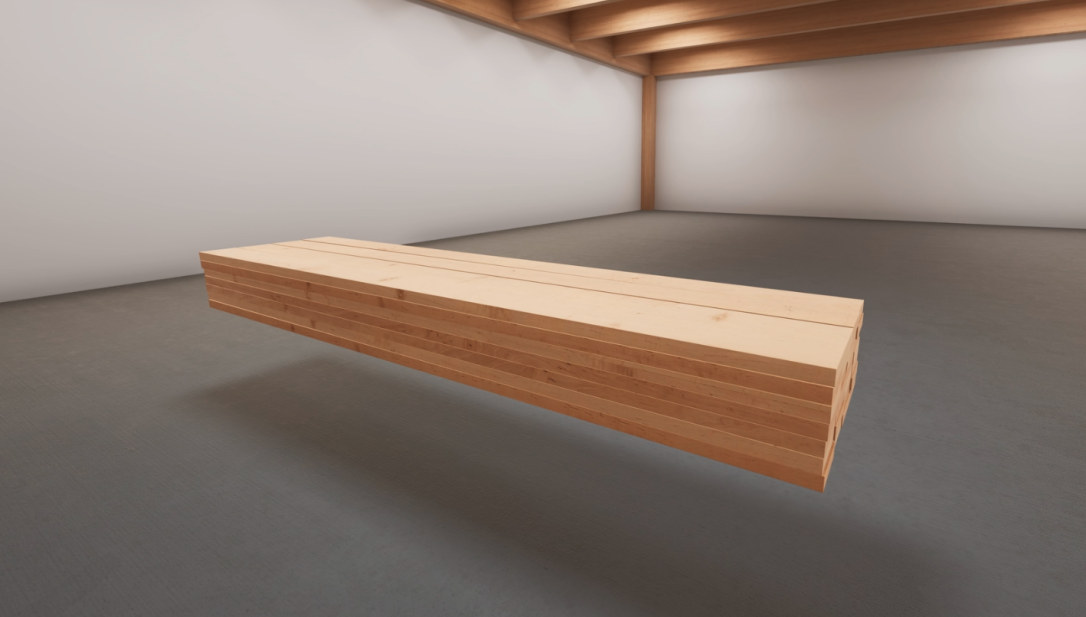
Into the Classroom


the Wood Institute

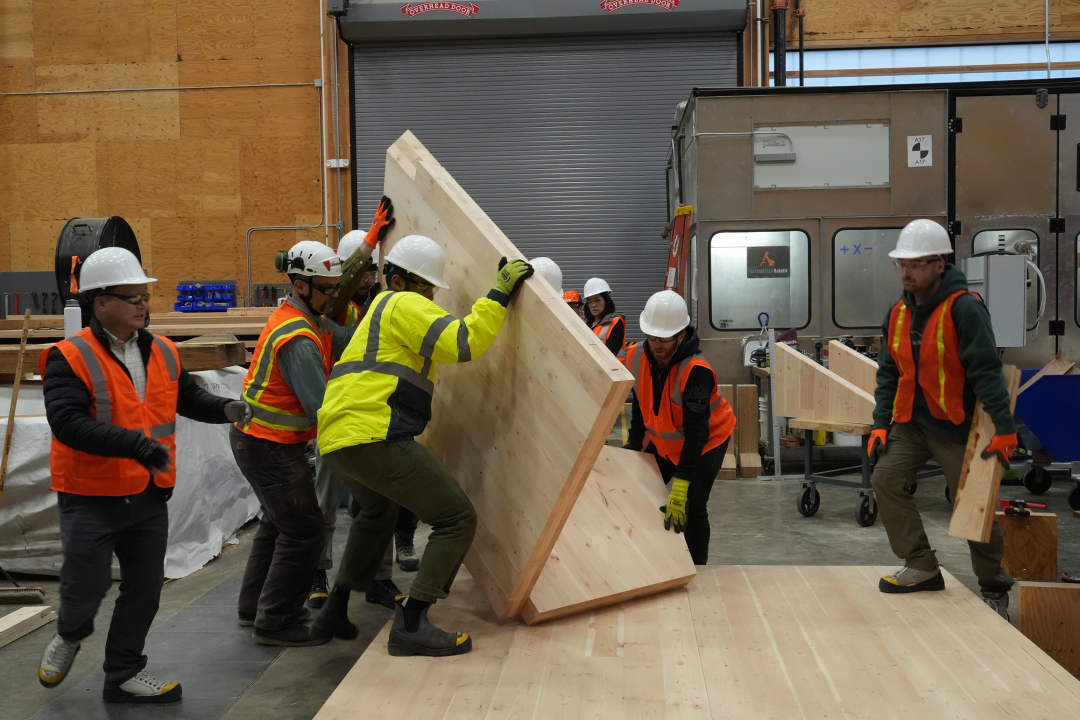

Versus 6,238 YE Goal
WOOD INSTITUTE
Completed
Versus 3,478 YE Goal
WOOD INSTITUTE

SLB Story 1:
LumberGPT Pilot Leverages AI
SLB Story 2:
HUD Showcase and AIA Conference
SLB Story 3:
WUI Code Work
SLB Story 4:
Concrete Masonry Checkoff
SLB Story 5:
Student Housing Success
SLB STORY 3
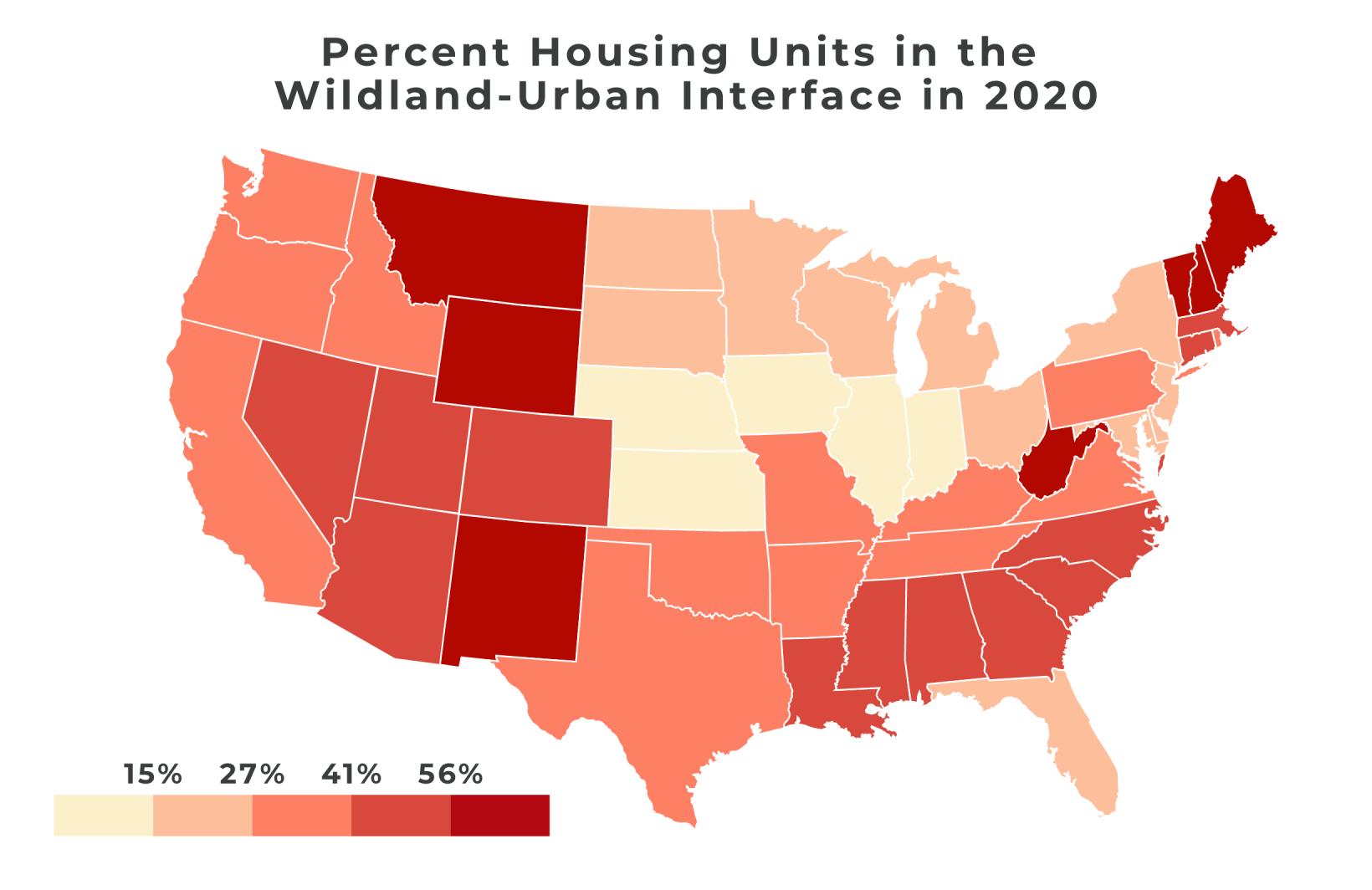
A new study for the SLB by Forest Economic Advisors (FEA) underscores the critical importance of the American Wood Council (AWC) and the SLB’s efforts to defend lumber use in wildfire-prone regions. The research reveals that up to 150 MM BF of siding and 770 MM BF of decking from the repair and remodeling market are at risk due to Wildland-Urban Interface (WUI) code changes and adoption.
“With recent wildfire losses and increased WUI code activity, the FEA study is both timely and relevant,” said Phil Line, the AWC’s Vice President of Codes & Regulations. The study highlights the threat to lumber siding and decking, as WUI codes increasingly regulate exterior building materials to curb fire spread.
Between 2005 and 2022, wildfires destroyed over 100,000 structures in areas where development meets wildlands. As more jurisdictions consider wildfire-resistant building codes, lumber volumes in decks and siding, representing up to 17% of total siding and 14% of decking consumption, are at risk. The AWC remains actively involved in WUI code development, including ICC 605, the new standard for residential construction in regions with wildfire hazard, and continues to demonstrate the effectiveness of fire-resistant wood construction.
WUI Code Work Defends Market Share at Risk

50,000 YE Goal
Hours Logged

Across All Events
AWC HIGHLIGHTS
SLB STORY 4
SLB Story 1:
LumberGPT Pilot Leverages AI
SLB Story 2:
HUD Showcase and AIA Conference
SLB Story 3:
WUI Code Work
SLB Story 4:
Concrete Masonry Checkoff
SLB Story 5:
Student Housing Success
$304,000
Research
$250,000
Centralized Education Hub
$230,000
Workforce Development Program
National CMC Funding
$497,000
National Codes
Advocacy Program
$500,000
National Design
Assistance Network
$1,000,000
Marketing
Program
The Concrete Masonry Checkoff, the first checkoff program established by a competing building material, has been up and running for about a year and recently launched a national marketing campaign: The Beauty of Block. Like Think Wood, The Beauty of Block targets architecture, engineering, and construction audiences, touting concrete block’s strength, sustainability, safety, and stylishness.
“It’s time to defy perceptions of style,” says a new video on the campaign website. “With unlimited imagination and design flexibility, and strength that can withstand Mother Nature while standing for generations. It’s time to insist on sustainability that saves on every level. It’s time to take a new look at concrete block.”
The CMC’s published program allocations indicate a 2024 budget of $1 million for the marketing program alongside $500,000 for a national design assistance network, $497,000 for a national codes advocacy program, $230,000 for a workforce development program, and $250,000 for a centralized education hub. The total national and regional program budget is $4.3 million.
Concrete Masonry Checkoff Unveils National Marketing Campaign
SLB Story 1:
LumberGPT Pilot Leverages AI
SLB Story 2:
HUD Showcase and AIA Conference
SLB Story 3:
WUI Code Work
SLB Story 4:
Concrete Masonry Checkoff
SLB Story 5:
Student Housing Success
SLB STORY 5



WoodWorks recently helped Ayers Saint Gross (ASG), an interdisciplinary design firm, gain valuable experience with mass timber, providing support and expertise related to the construction of a five-story mass timber and steel hybrid structure.
After connecting with two ASG architects at the 2023 International Mass Timber Conference, a WoodWorks Regional Director offered an in-house lunch and learn. The timing was ideal, as ASG was exploring mass timber for a student housing project at Bryant University.
The RD conducted two well-attended sessions at ASG's office, focusing on mass timber products, performance, design, and early design decisions. And when Bryant University approved a hybrid structure featuring mass timber floor systems and steel framing, WoodWorks provided ongoing support. This included answering questions, supplying resources like the CLT Diaphragm Design Guide, and connecting ASG with manufacturers and suppliers for bidding.
The 89,000-square-foot Bryant University project, the school’s first new construction in 15 years, will house 204 students in a modern, mass timber structure and will use 13 bf/sq. ft. for a total of 1.2 MM BF. Following this experience, another ASG architect sought WoodWorks’ expertise for a
5-over-1 light-frame wood building, also student housing, set to break ground later this year.
The project is an example of growing opportunities in the education sector. According to a recent study for the SLB by Forest Economic Advisors, educational buildings are the single highest potential volume for mass timber/post and beam systems (655 MM BF) along with steel columns/CLT floors (821 MM BF).
Student Housing Project Showcases Opportunities in Education Sector
If you'd like a printed version of the Q2 Report mailed to you,
please email info@softwoodlumberboard.org.


of the Impact of the SLB








Light-Frame
Mass Timber
Q2 HIGHLIGHTS
facilitating wood use
1.0 MILLION
463
431
GOAL
1,629
1,629 MM bf 2024 goal
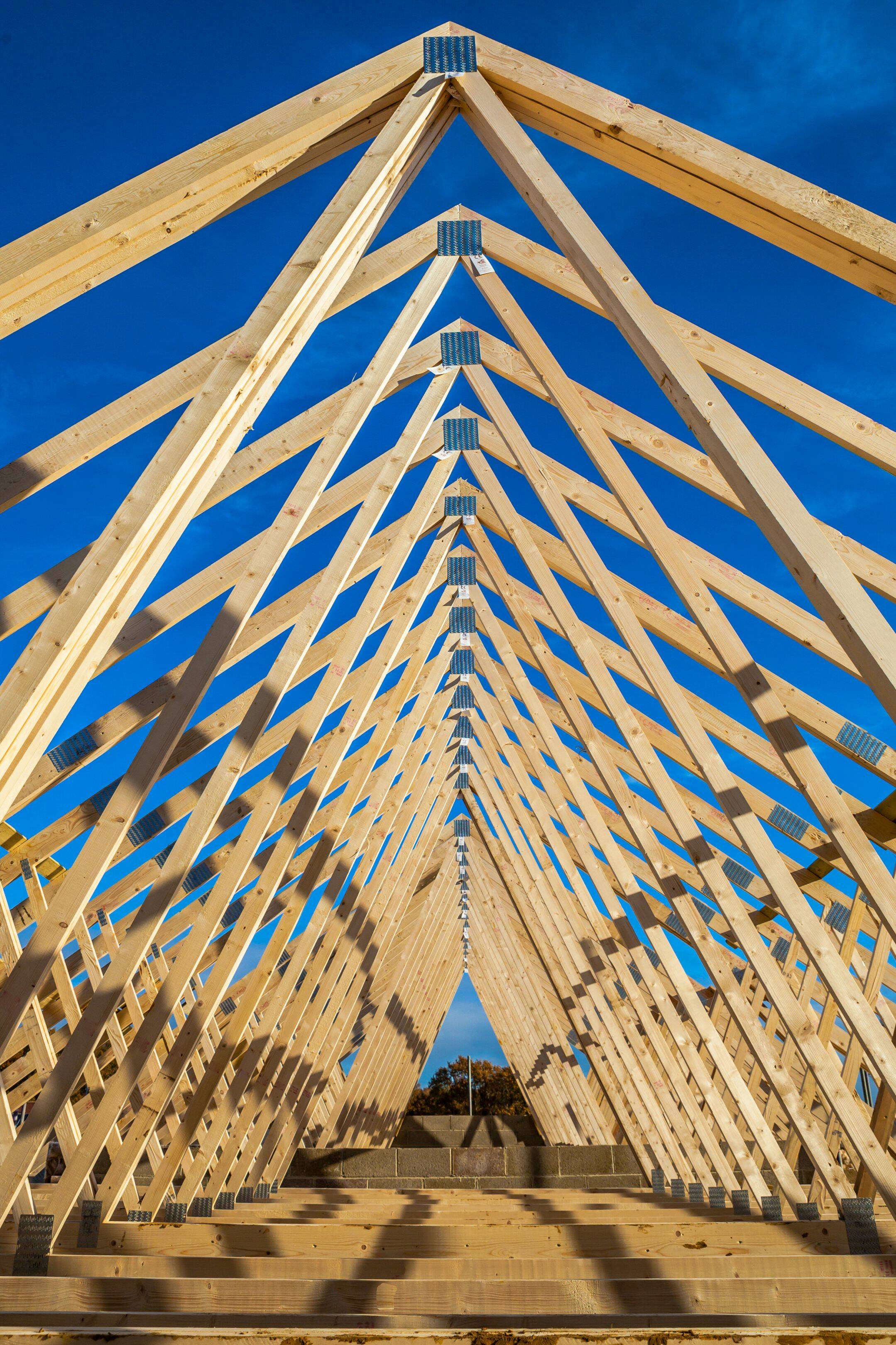

Thorp holds an M.S. in civil engineering from Oregon State University focused on structural engineering accompanied by an M.S. in wood science and engineering.
University of Delaware
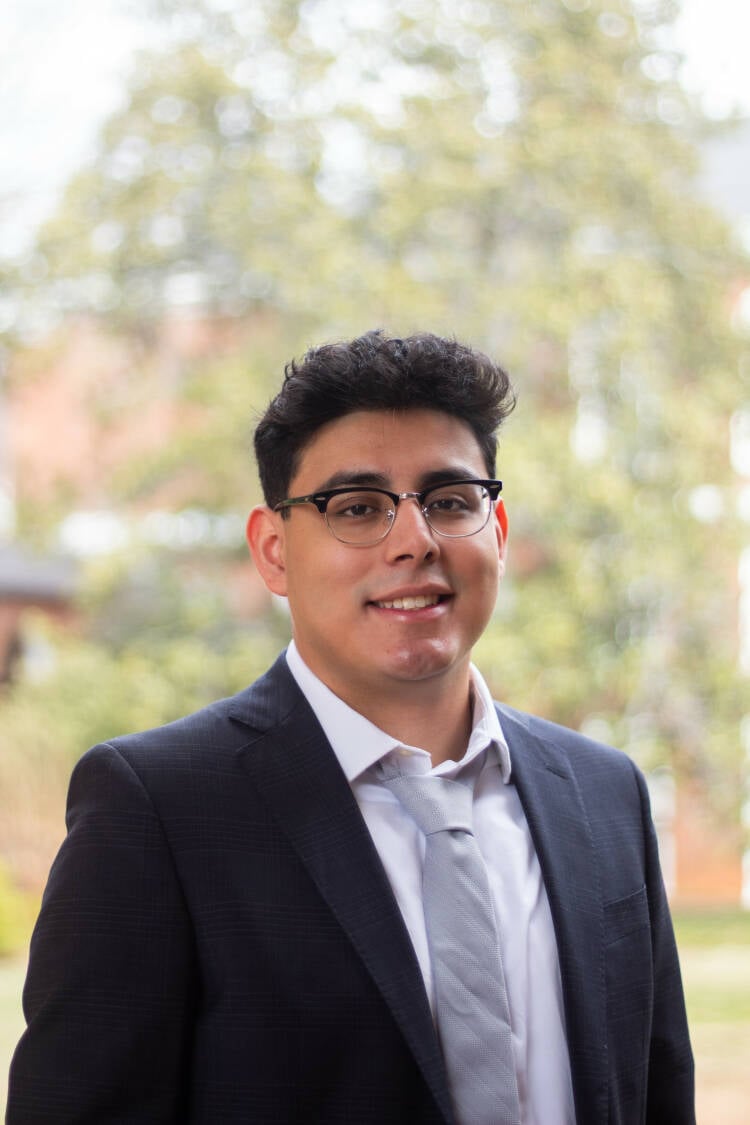
Orellana plans to work in sustainable structural design.
University of Southern California

Chen focuses on design for deconstruction and mass timber-steel hybrid systems.
Northeastern University
Wood Solutions Scholarship Recipients
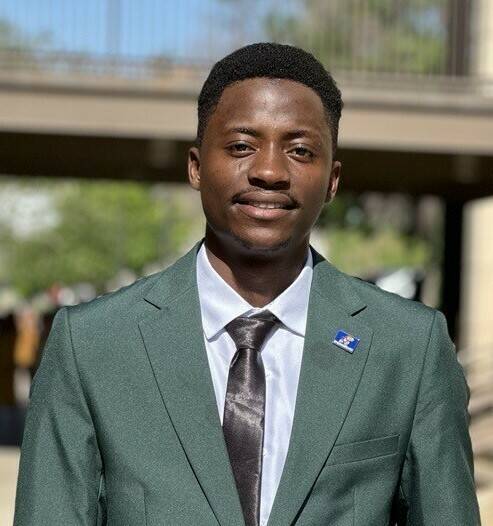
Badmus’ research focuses on developing measures to mitigate the effects of tornado winds on residential buildings.
University of Kansas
SLB Story 5:
Student Housing Success
SLB Story 4:
Concrete Masonry Checkoff
SLB Story 3:
WUI Code Work
SLB Story 2:
HUD Showcase and AIA Conference
SLB Story 1:
LumberGPT Pilot Leverages AI
Want to read more SLB stories?
Jump to these stories.
Wood Solutions Scholarship winner Ronald Orellana, pictured at the mass timber Live Oak Bank project, recently completed a mass timber design internship at Timberlab. Photo Credit: Timberlab
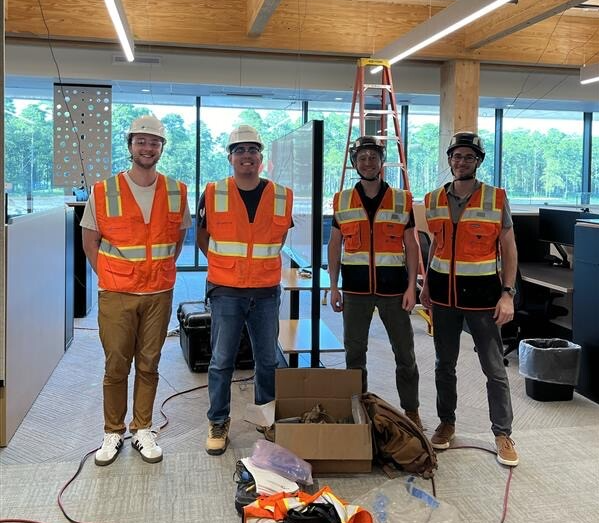
The SLB announced the winners of the National Council of Structural Engineers Associations (NCSEA) Wood Solutions Scholarship in June—an initiative set to increase exposure to wood design in structural engineering programs across the country and encourage future professionals to specify wood in their projects.
The program is a strategic response to NCSEA research highlighting a significant deficit in wood design courses within engineering programs. To address this, the SLB partnered with the NCSEA Foundation to establish the Wood Solutions Scholarship, aiming to increase knowledge of wood design in the profession and attract students traditionally underrepresented in structural engineering.
Among 110 applicants, these recipients stood out for their academic excellence, pursuit of graduate degrees in engineering, wood-focused research, and passion for designing wood structures. This scholarship aligns with our goal of familiarizing students with wood’s properties, versatility, aesthetics, economic benefits, and sustainable impacts to ensure they are well prepared to use wood as a key building material.






Leads (SQLs)
SLB Story 5:
Student Housing Success
SLB Story 4:
Concrete Masonry Checkoff
SLB Story 3:
WUI Code Work
SLB Story 2:
HUD Showcase and AIA Conference
SLB Story 1:
LumberGPT Pilot Leverages AI
AI-Generated Image of a Mixed-Use Development
Rendering Credit: Ankrom Moisan
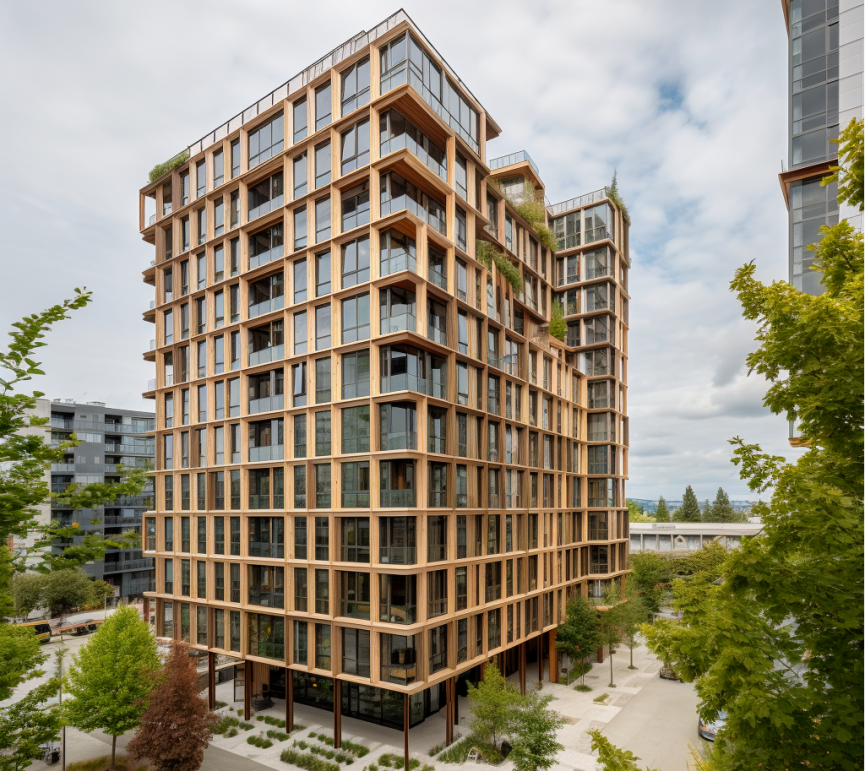
SLB STORY 1
The SLB is developing LumberGPT, a custom AI tool based on the publicly available commercial tool ChatGPT, to be launched as a pilot for internal use. LumberGPT will prioritize SLB-approved content from Think Wood, SLB Education, and WoodWorks before accessing the broader ChatGPT database. It consolidates years of SLB resources to provide natural language answers to questions. Two versions will be created: one for Think Wood and SLB Education, and another for WoodWorks, each tailored to specific user needs. The internal tool will also serve as a testing ground for a potential public-facing educational tool, with complex inquiries still guided by human experts.
Overall, the SLB and partner programs continue to research the impacts of AI on the sector. For example, a recent article by Think Wood interviews industry and academic experts exploring this trend. The good news is that AI can take on repetitive architecture and engineering tasks and less mentally stimulating work, freeing up design teams to devote more time to higher-level problem solving and design challenges. And while AI boosts productivity, the real opportunity for the AEC sector may be in reframing the value of the human expert and design professional to better tackle major issues including affordable housing, improving the quality of the built environment, and the quest for net-zero carbon emissions.
LumberGPT Pilot
Leverages AI to Boost Program Productivity



184 YTD Versus 405 YE Goal


SLB Story 5:
Student Housing Success
SLB Story 4:
Concrete Masonry Checkoff
SLB Story 3:
WUI Code Work
SLB Story 2:
HUD Showcase and AIA Conference
SLB Story 1:
LumberGPT Pilot Leverages AI
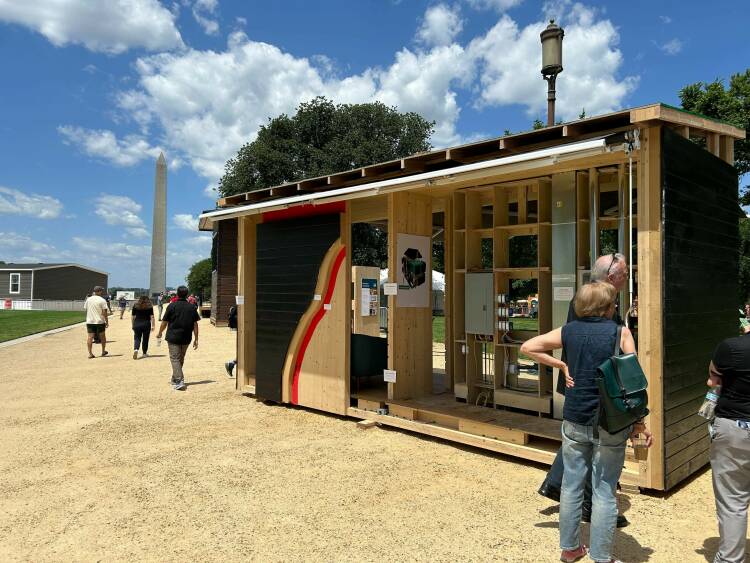
At the HUD Innovative Housing Showcase, a demonstration structure by Green Canopy Node educated the public about prefabricated mass timber systems.


Industry partners SFPA, NeLMA, WRCLA, and WWPA shared the Think Wood booth at the AIA24 Conference on Architecture.
The U.S. Department of Housing and Urban Development’s Innovative Housing Showcase on the National Mall raises awareness of new housing designs and technologies that can improve the affordability, performance, and availability of housing in the U.S.
The SLB and its funded programs played a key role in supporting the lumber industry’s entry, a prefabricated wood structure by Green Canopy Node showcasing prefabricated multifamily construction innovations.
The event offered a public platform to demonstrate the potential of wood construction systems in cost-effective multifamily projects as a kit of parts.
Coinciding with the showcase, SLB partners maximized engagement with architects at the AIA24 Conference on Architecture & Design in Washington, D.C., in early June. The WoodWorks-sponsored learning lounge drew strong crowds, with each session reaching or exceeding capacity, attracting both seasoned attendees and newcomers. The Think Wood booth offered a unified presence for lumber industry allies, enhancing visibility and providing valuable information on regional wood species for the event’s 16,000 architect attendees. It also served as a hub for continued discussions with attendees from the nearby education lounge.
SLB Programs Showcase Wood Construction at
HUD Innovative Housing Showcase, AIA Conference
SLB STORY 2



Real and Virtual, Into the Classroom

532 YTD Versus 535 YE Goal


SLB Story 5:
Student Housing Success
SLB Story 4:
Concrete Masonry Checkoff
SLB Story 3:
WUI Code Work
SLB Story 2:
HUD Showcase and AIA Conference
SLB Story 1:
LumberGPT Pilot Leverages AI
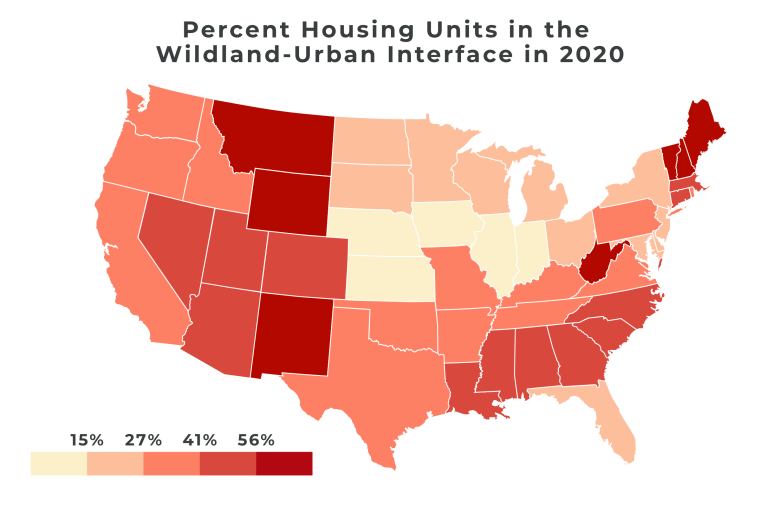
A new study for the SLB by Forest Economic Advisors (FEA) underscores the critical importance of the American Wood Council (AWC) and the SLB’s efforts to defend lumber use in wildfire-prone regions. The research reveals that up to 150 MM BF of siding and 770 MM BF of decking from the repair and remodeling market are at risk due to Wildland-Urban Interface (WUI) code changes and adoption.
“With recent wildfire losses and increased WUI code activity, the FEA study is both timely and relevant,” said Phil Line, the AWC’s Vice President of Codes & Regulations. The study highlights the threat to lumber siding and decking, as WUI codes increasingly regulate exterior building materials to curb fire spread.
Between 2005 and 2022, wildfires destroyed over 100,000 structures in areas where development meets wildlands. As more jurisdictions consider wildfire-resistant building codes, lumber volumes in decks and siding, representing up to 17% of total siding and 14% of decking consumption, are at risk. The AWC remains actively involved in WUI code development, including ICC 605, the new standard for residential construction in regions with wildfire hazard, and continues to demonstrate the effectiveness of fire-resistant wood construction.
WUI Code Work Defends Market Share at Risk
SLB STORY 3




20,446 YTD Versus 40,000 YE Goal


$304,000
Research
$500,000
National Design
Assistance Network
$1,000,000
Marketing Program
$497,000
National Codes
Advocacy Program
$230,000
Workforce Development Program
$250,000
Centralized Education Hub
SLB Story 5:
Student Housing Success
SLB Story 4:
Concrete Masonry Checkoff
SLB Story 3:
WUI Code Work
SLB Story 2:
HUD Showcase and AIA Conference
SLB Story 1:
LumberGPT Pilot Leverages AI
SLB STORY 4
The Concrete Masonry Checkoff, the first checkoff program established by a competing building material, has been up and running for about a year and recently launched a national marketing campaign: The Beauty of Block. Like Think Wood, The Beauty of Block targets architecture, engineering, and construction audiences, touting concrete block’s strength, sustainability, safety, and stylishness.
“It’s time to defy perceptions of style,” says a new video on the campaign website. “With unlimited imagination and design flexibility, and strength that can withstand Mother Nature while standing for generations. It’s time to insist on sustainability that saves on every level. It’s time to take a new look at concrete block.”
The CMC’s published program allocations indicate a 2024 budget of $1 million for the marketing program alongside $500,000 for a national design assistance network, $497,000 for a national codes advocacy program, $230,000 for a workforce development program, and $250,000 for a centralized education hub. The total national and regional program budget is
$4.3 million.
Concrete Masonry Checkoff Unveils National Marketing Campaign
SLB Story 5:
Student Housing Success
SLB Story 4:
Concrete Masonry Checkoff
SLB Story 3:
WUI Code Work
SLB Story 2:
HUD Showcase and AIA Conference
SLB Story 1:
LumberGPT Pilot Leverages AI
SLB STORY 5
The mass timber Bryant University student housing project will use 13 bf/sq. ft. Photo Credit: Ayers Saint Gross
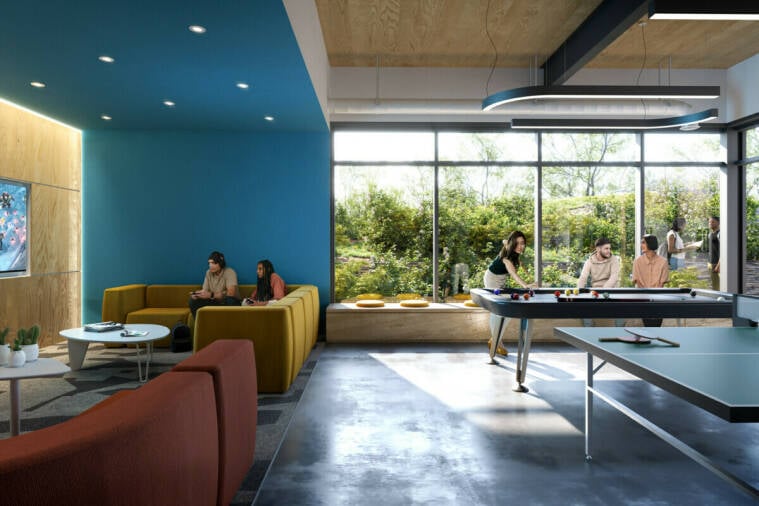
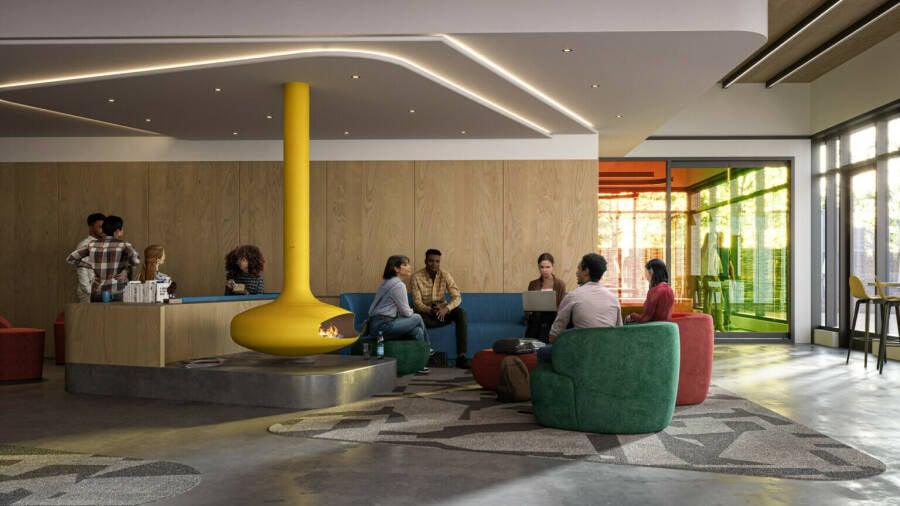
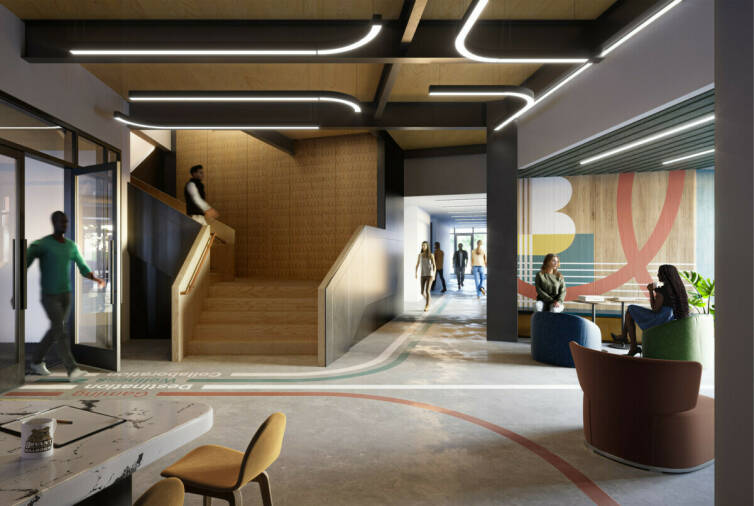
WoodWorks recently helped Ayers Saint Gross (ASG), an interdisciplinary design firm, gain valuable experience with mass timber, providing support and expertise related to the construction of a five-story mass timber and steel hybrid structure.
After connecting with two ASG architects at the 2023 International Mass Timber Conference, a WoodWorks Regional Director offered an in-house lunch and learn. The timing was ideal, as ASG was exploring mass timber for a student housing project at Bryant University.
The RD conducted two well-attended sessions at ASG's office, focusing on mass timber products, performance, design, and early design decisions. And when Bryant University approved a hybrid structure featuring mass timber floor systems and steel framing, WoodWorks provided ongoing support. This included answering questions, supplying resources like the CLT Diaphragm Design Guide, and connecting ASG with manufacturers and suppliers for bidding.
The 89,000-square-foot Bryant University project, the school’s first new construction in 15 years, will house 204 students in a modern, mass timber structure and will use 13 bf/sq. ft. for a total of 1.2 MM BF. Following this experience, another ASG architect sought WoodWorks’ expertise for a 5-over-1 light-frame wood building, also student housing, set to break ground later this year.
The project is an example of growing opportunities in the education sector. According to a recent study for the SLB by Forest Economic Advisors, educational buildings are the single highest potential volume for mass timber/post and beam systems (655 MM BF) along with steel columns/CLT floors (821 MM BF).
Student Housing Project Showcases Opportunities in Education Sector

SCROLL TO TOP

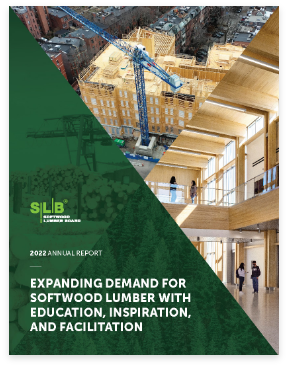


of the Impact of the SLB
If you'd like a printed version of the
Q2 Report mailed to you, please email info@softwoodlumberboard.org.











